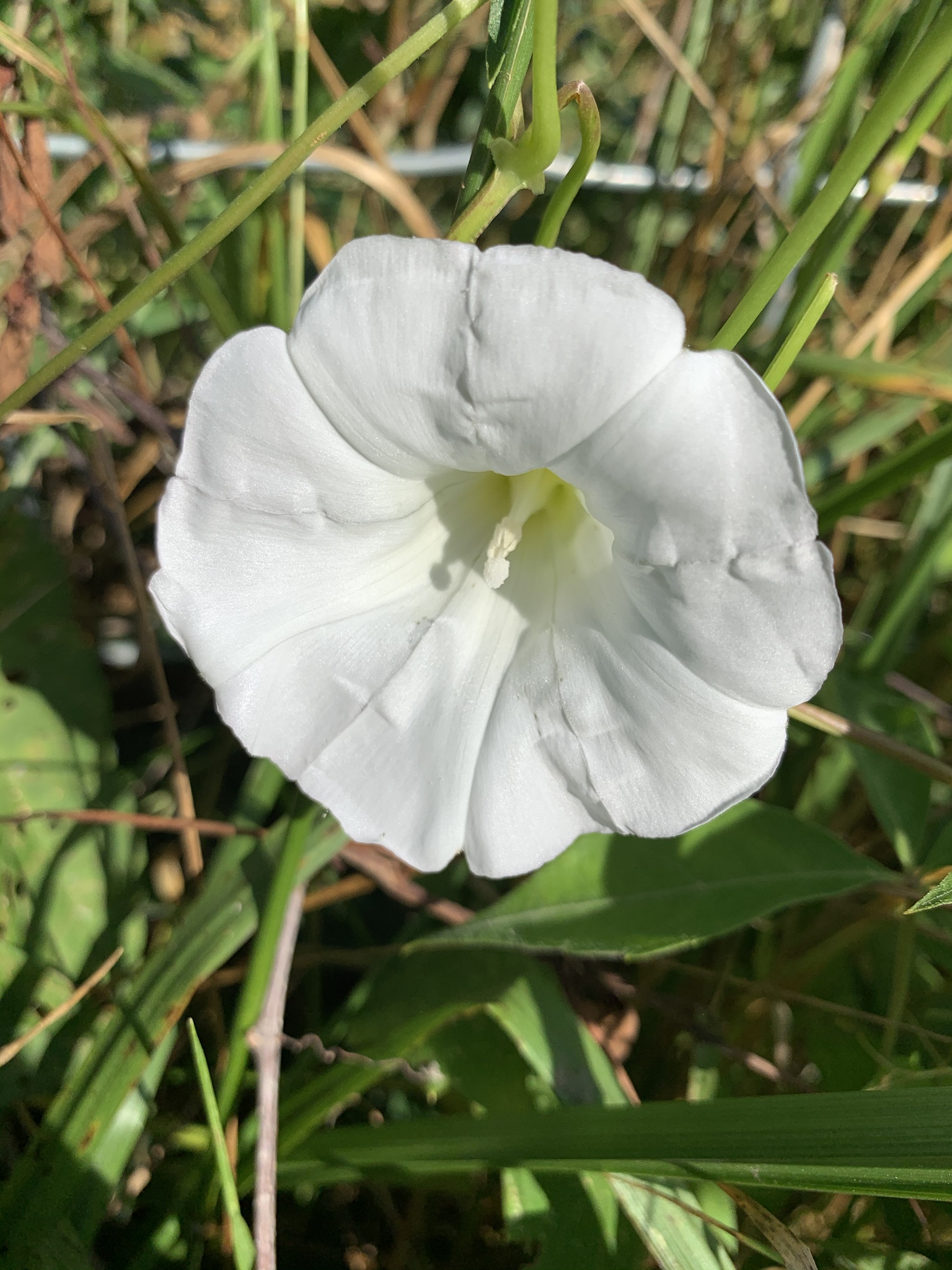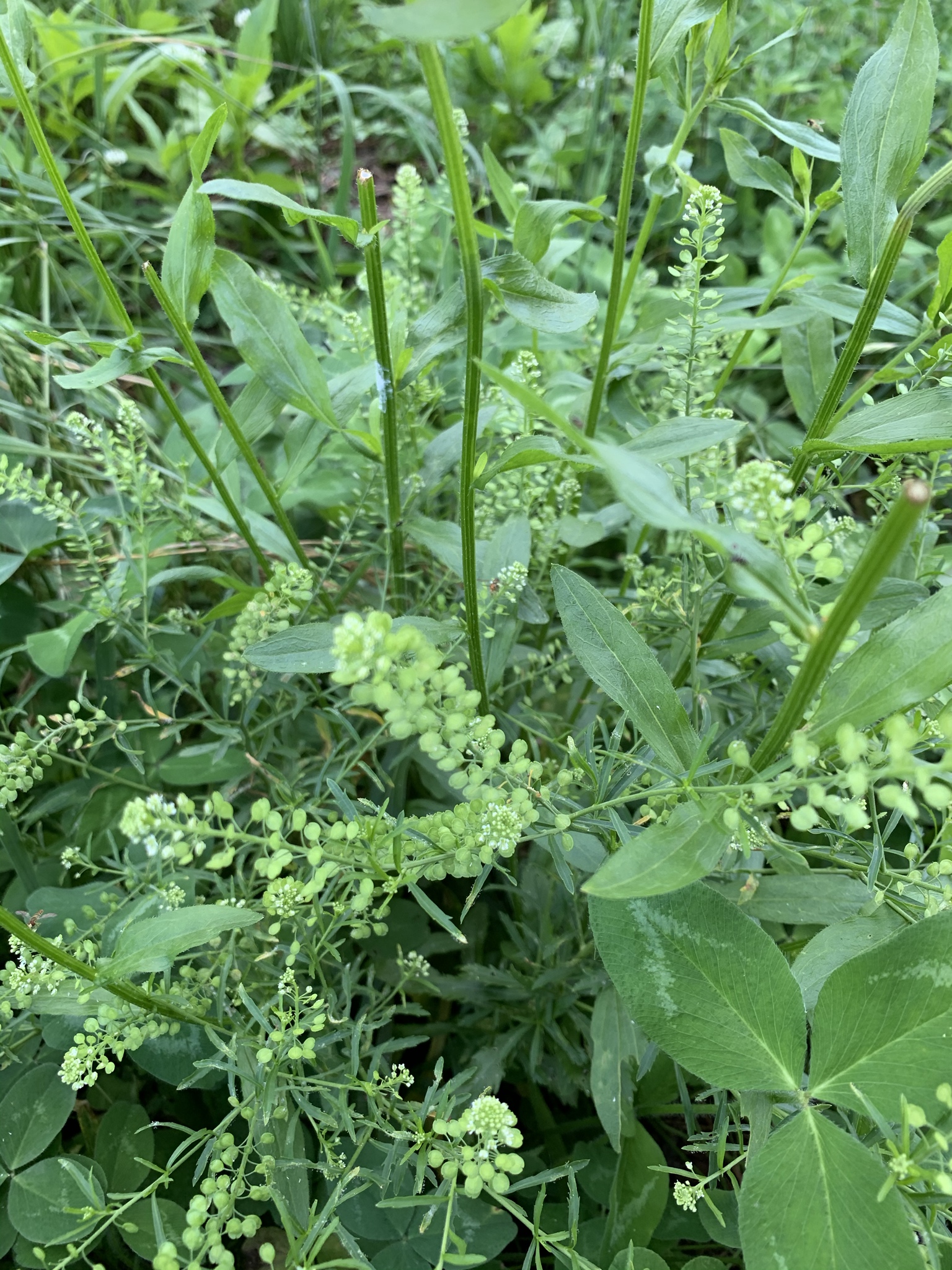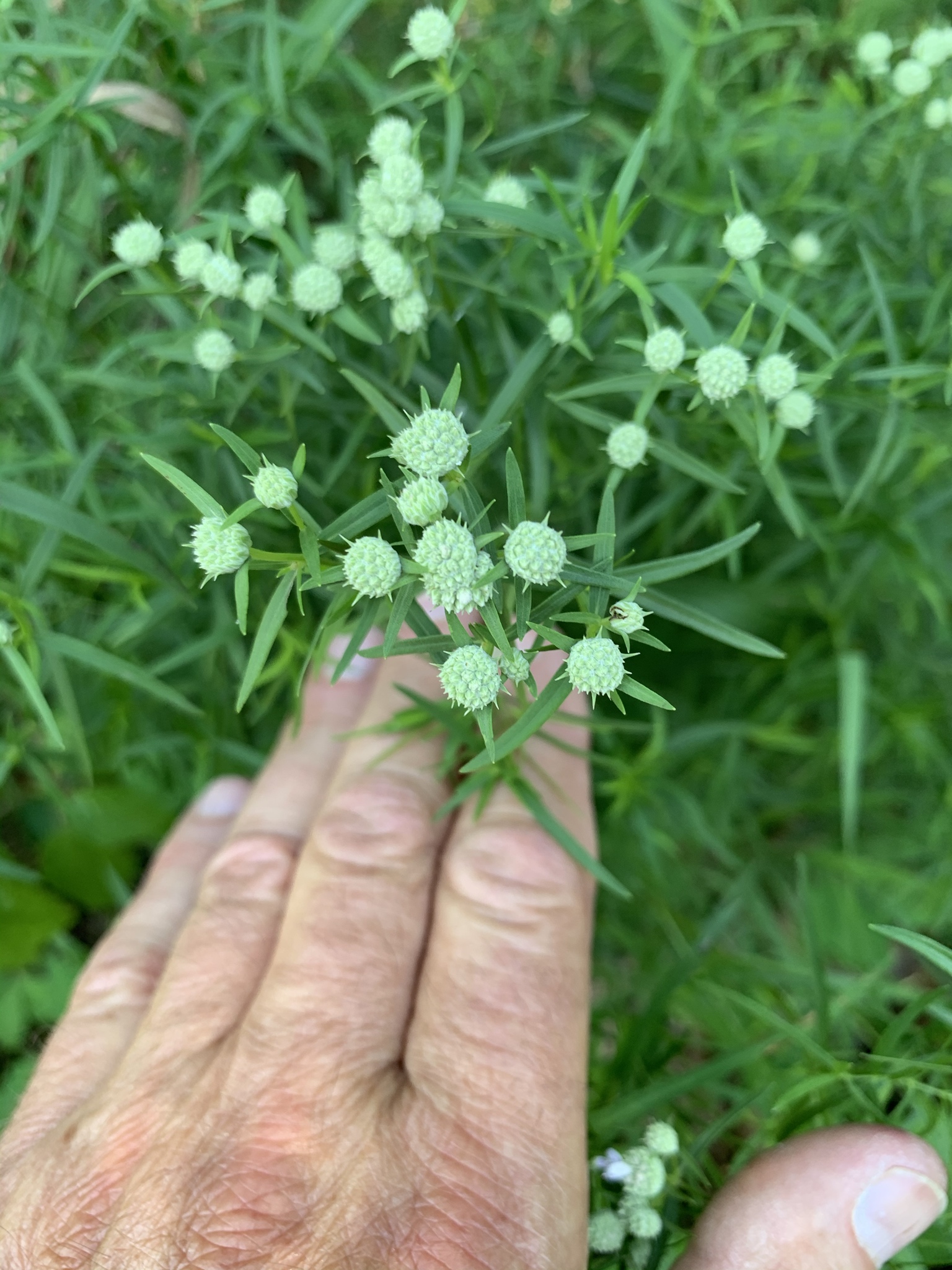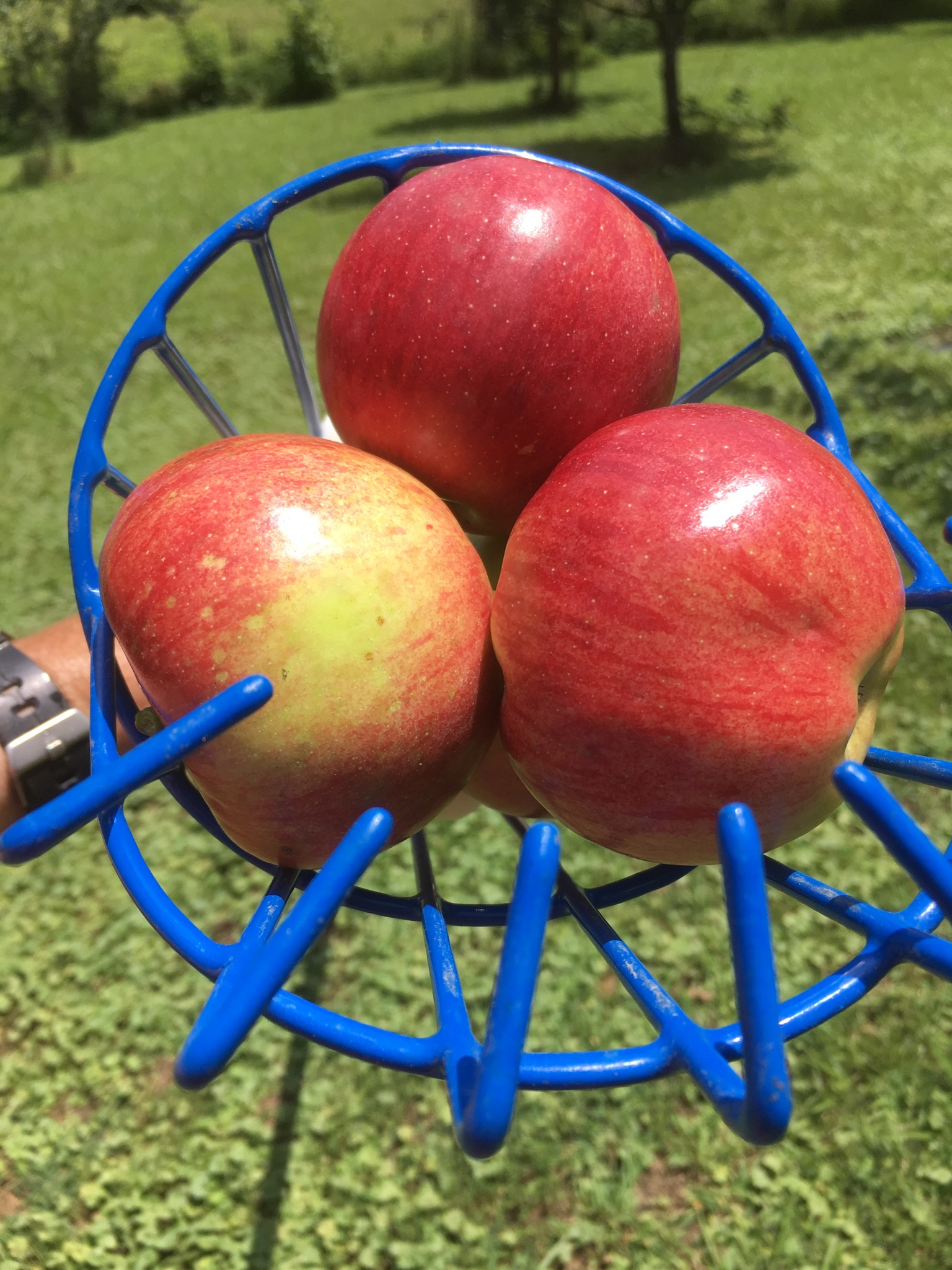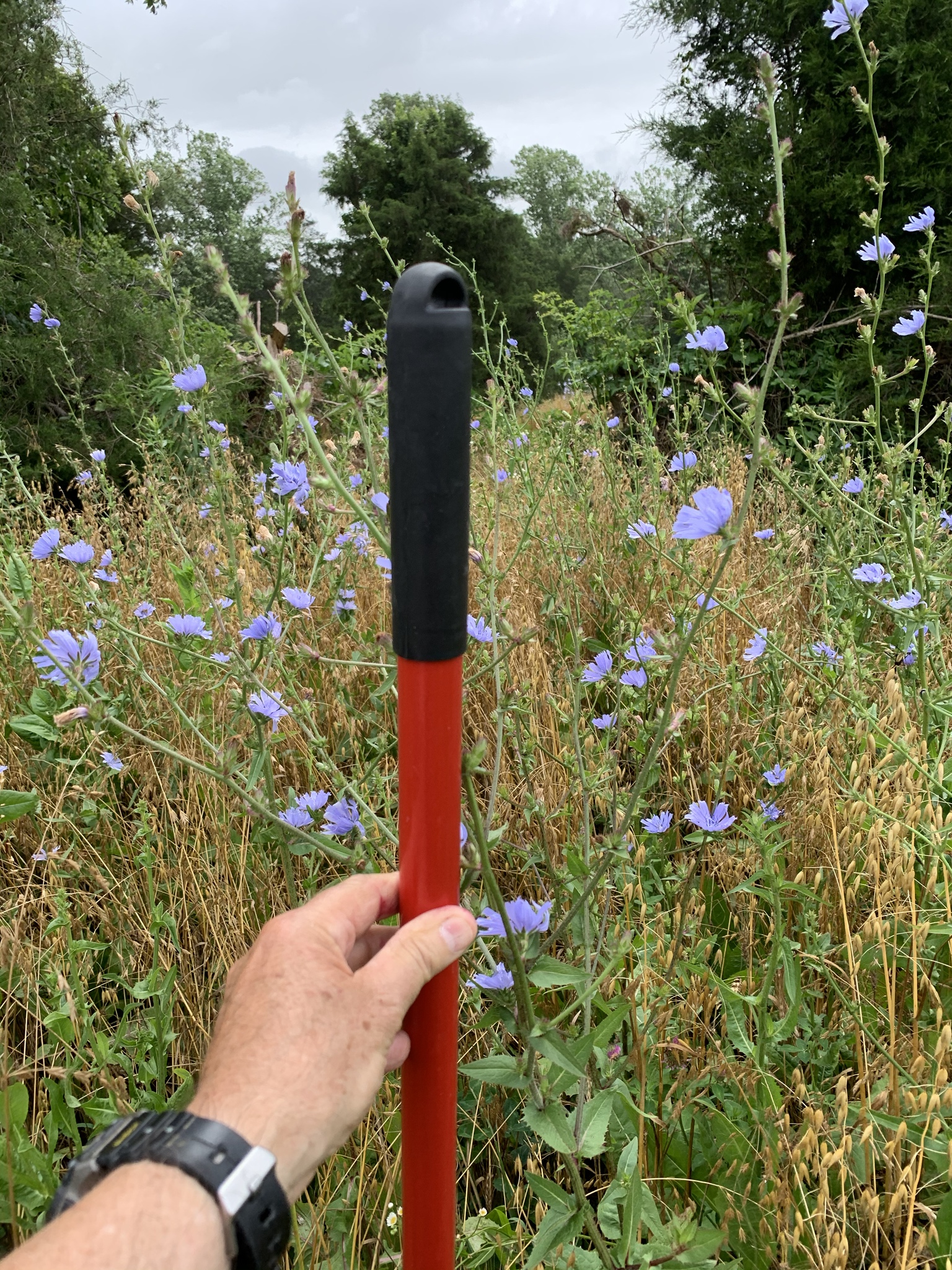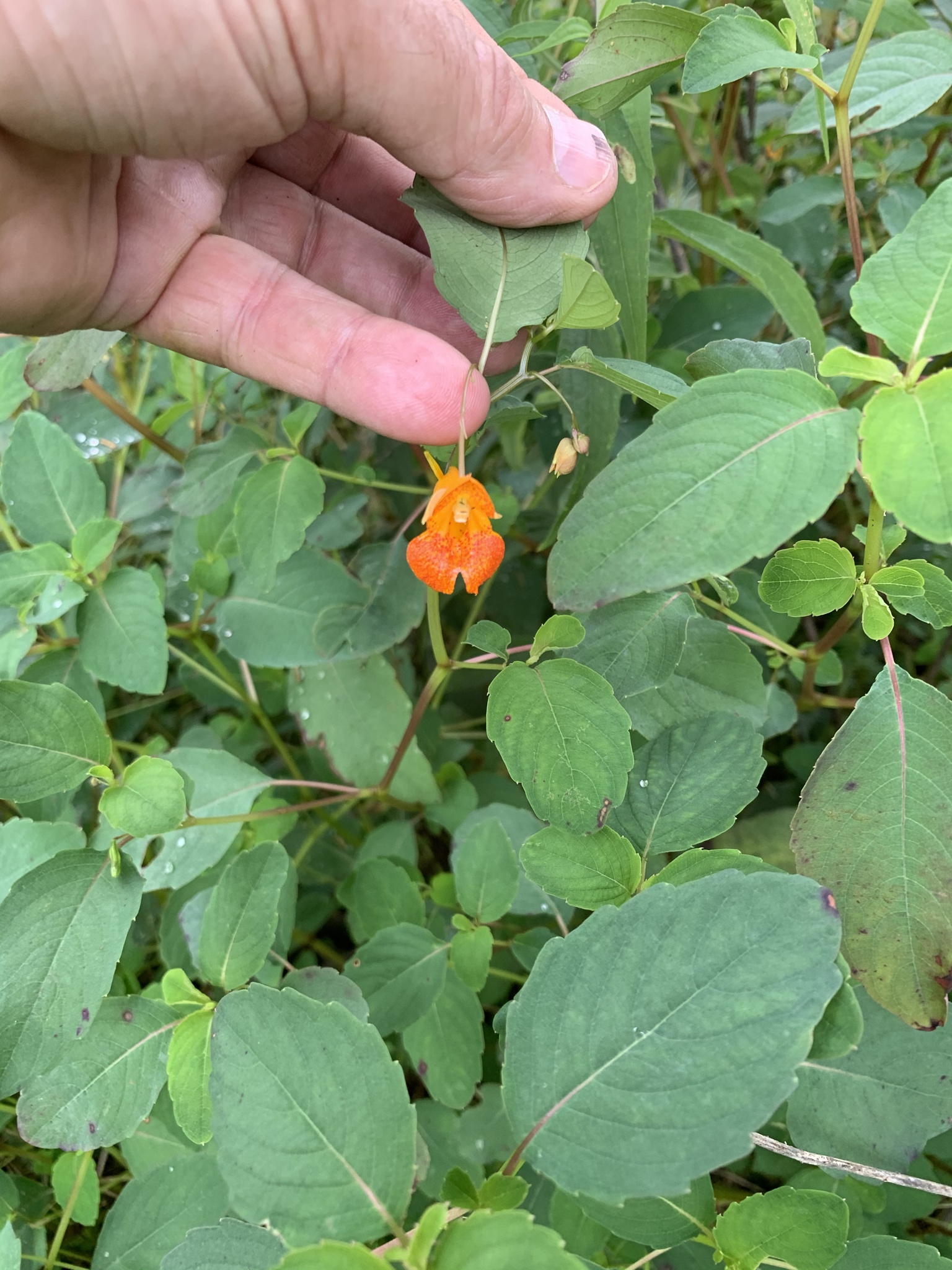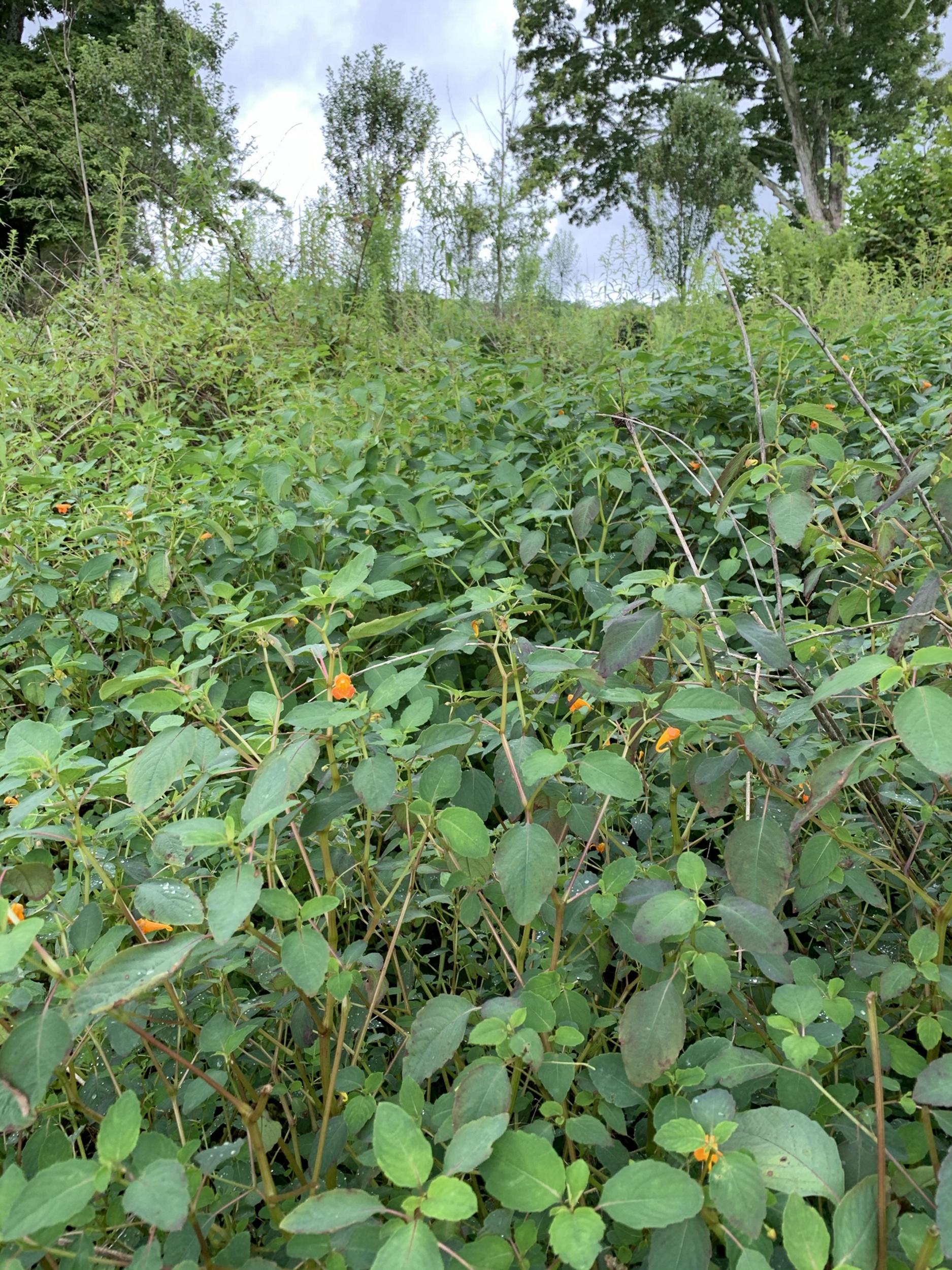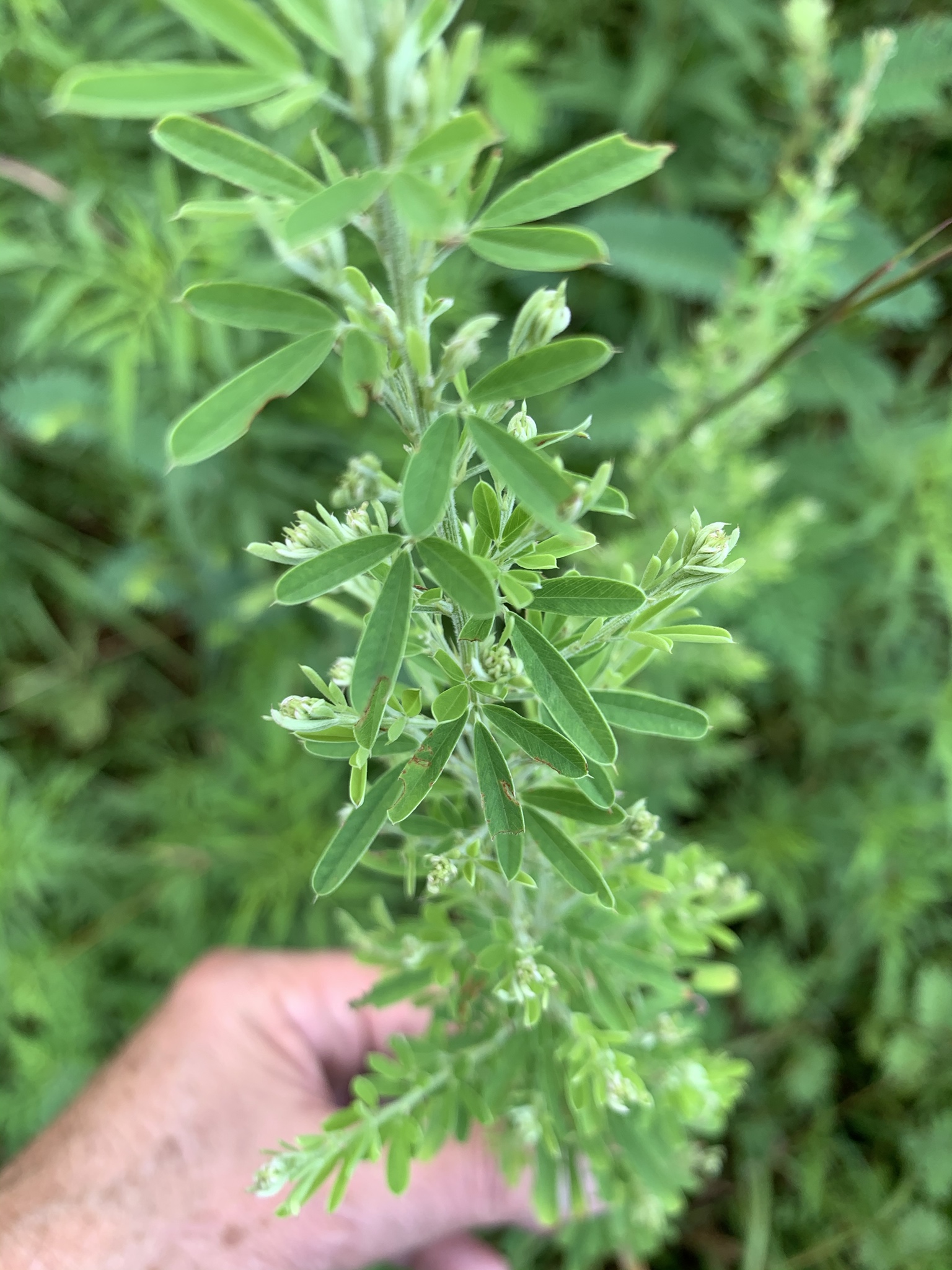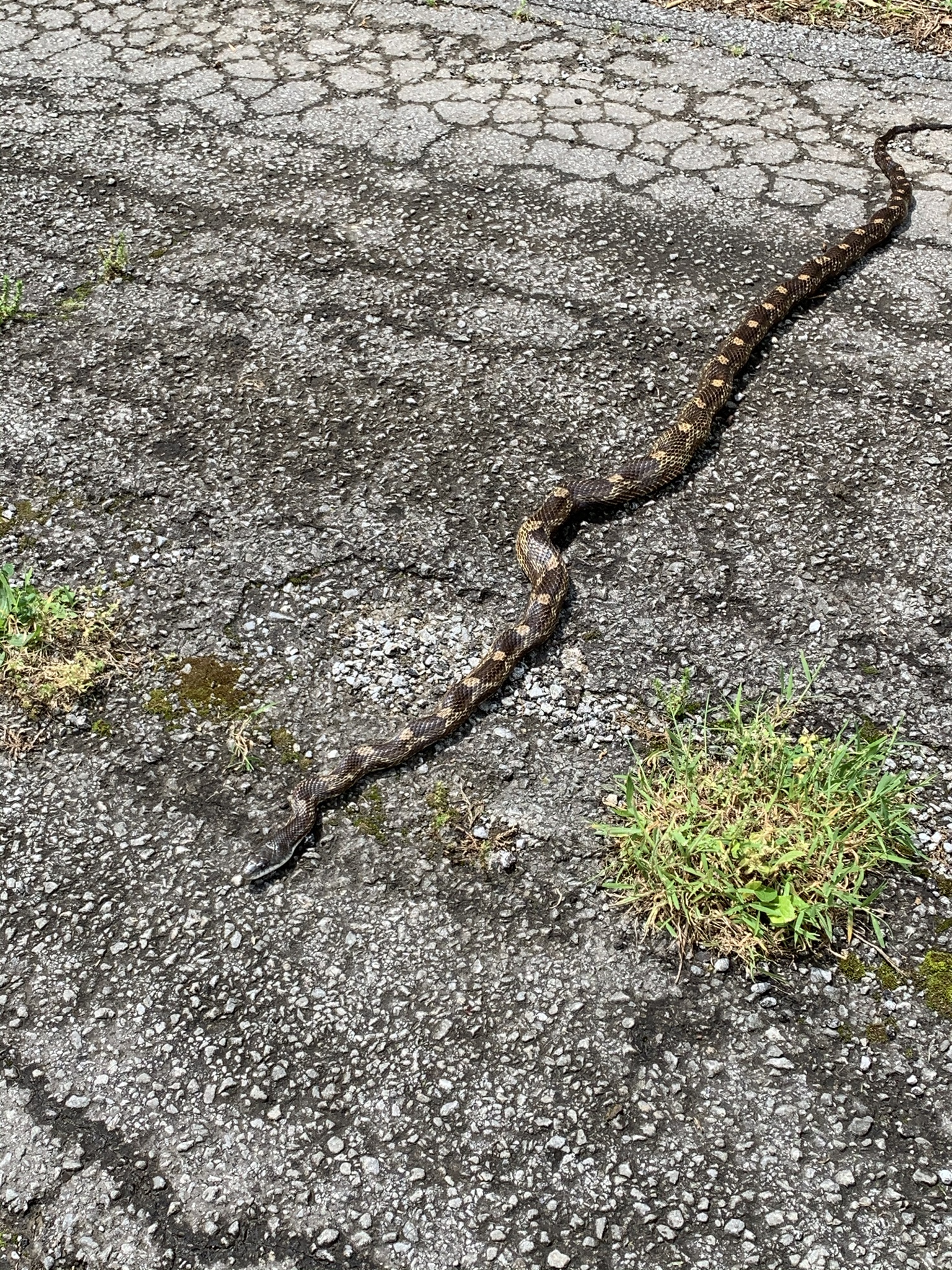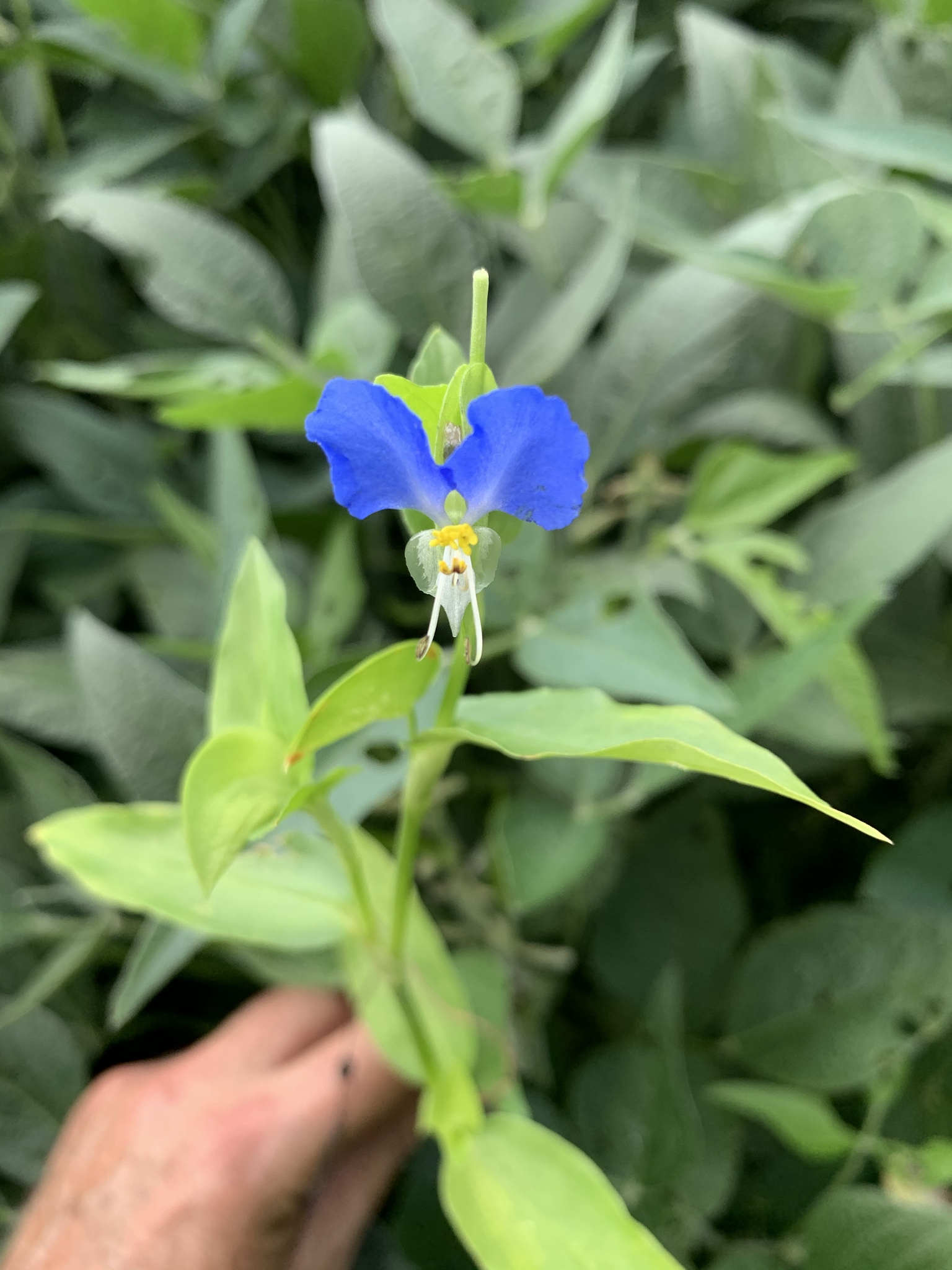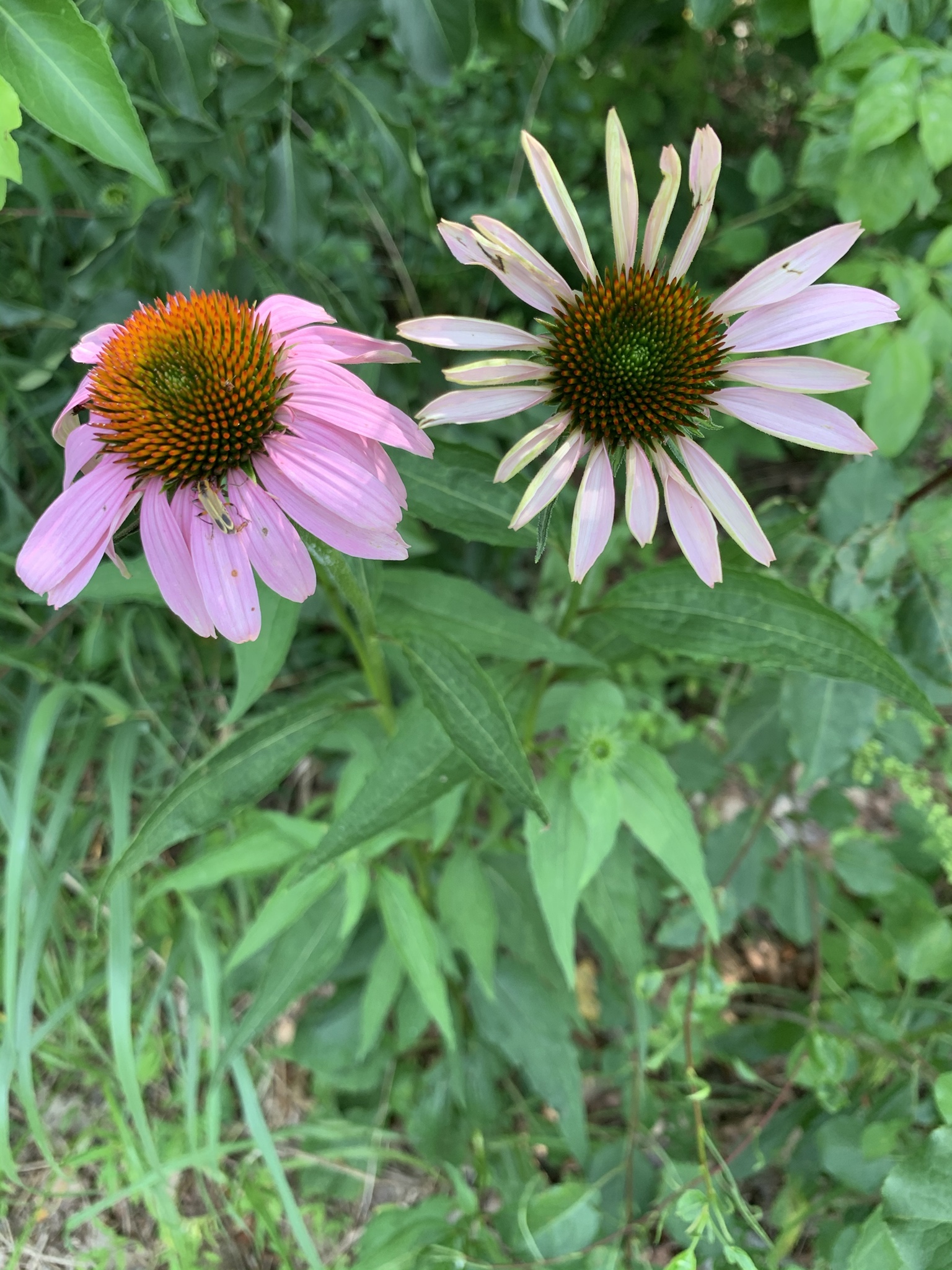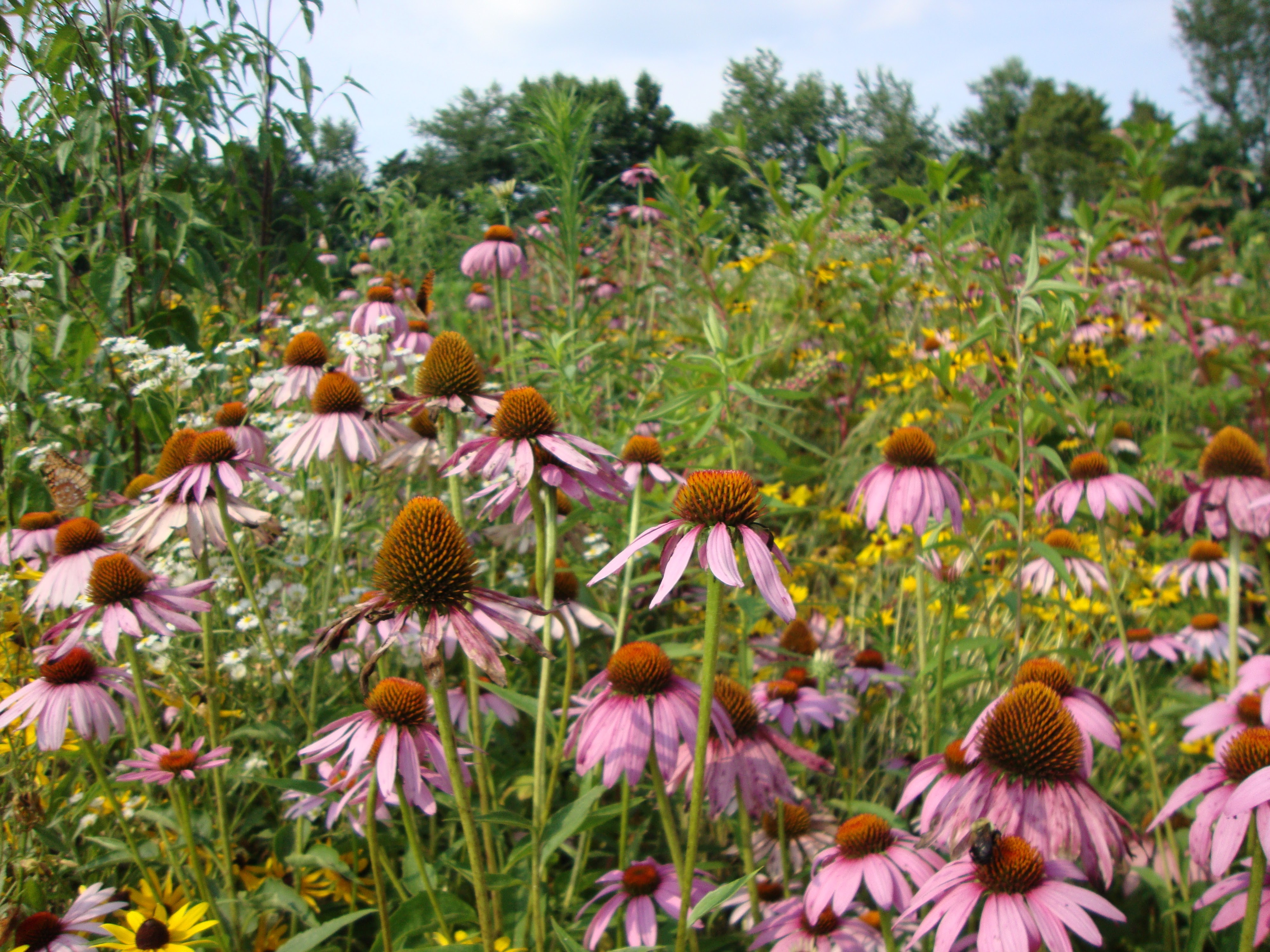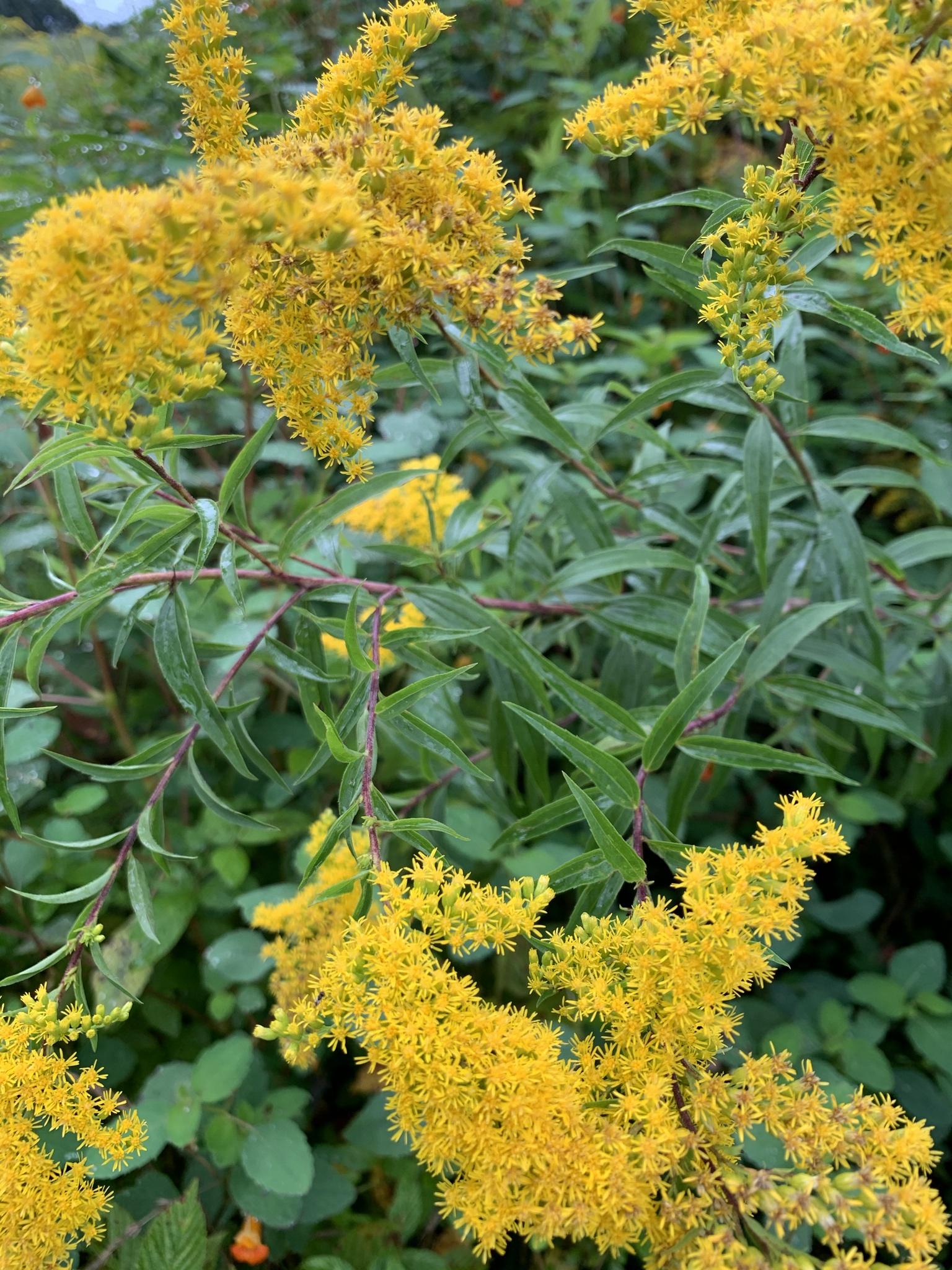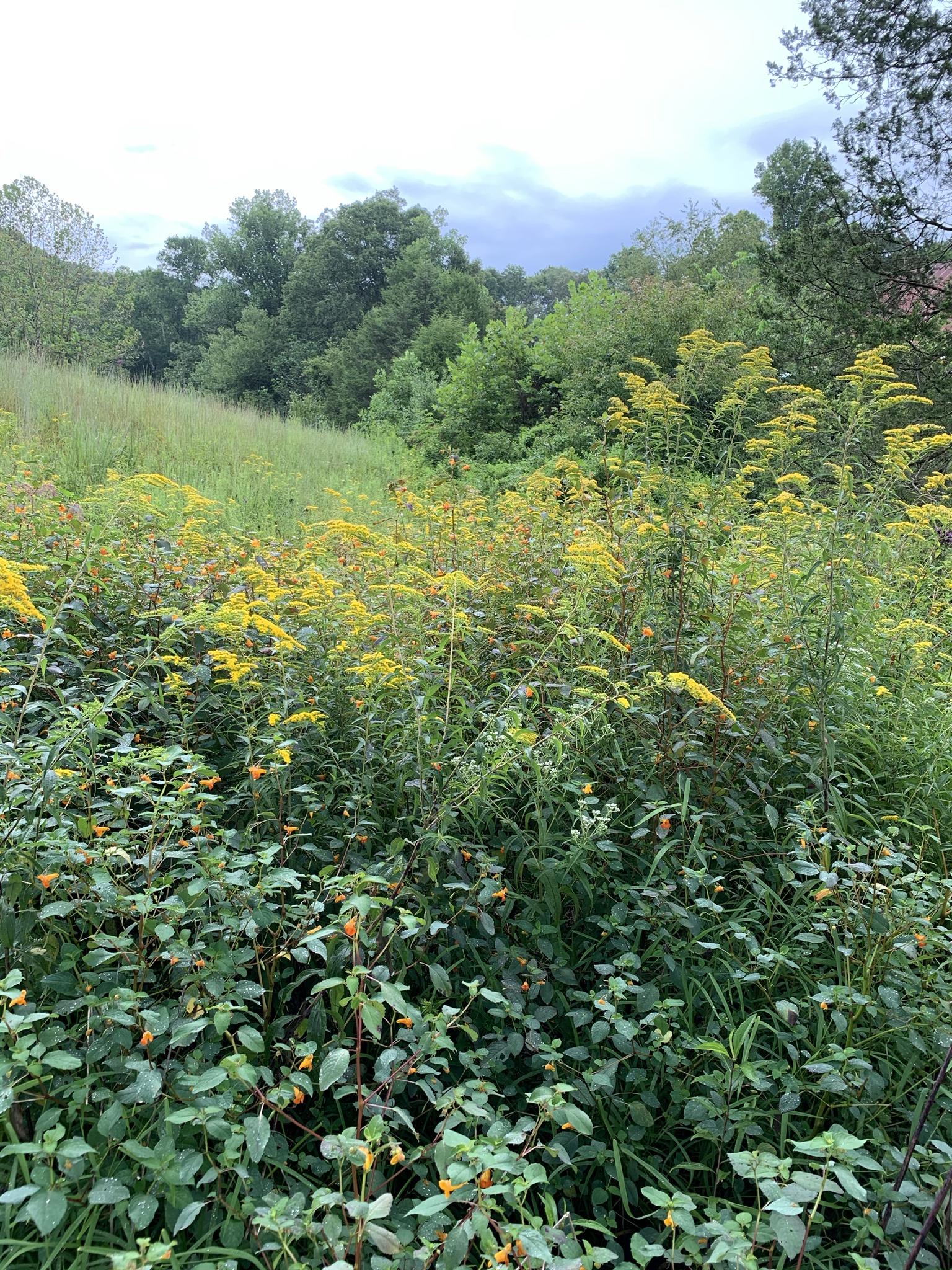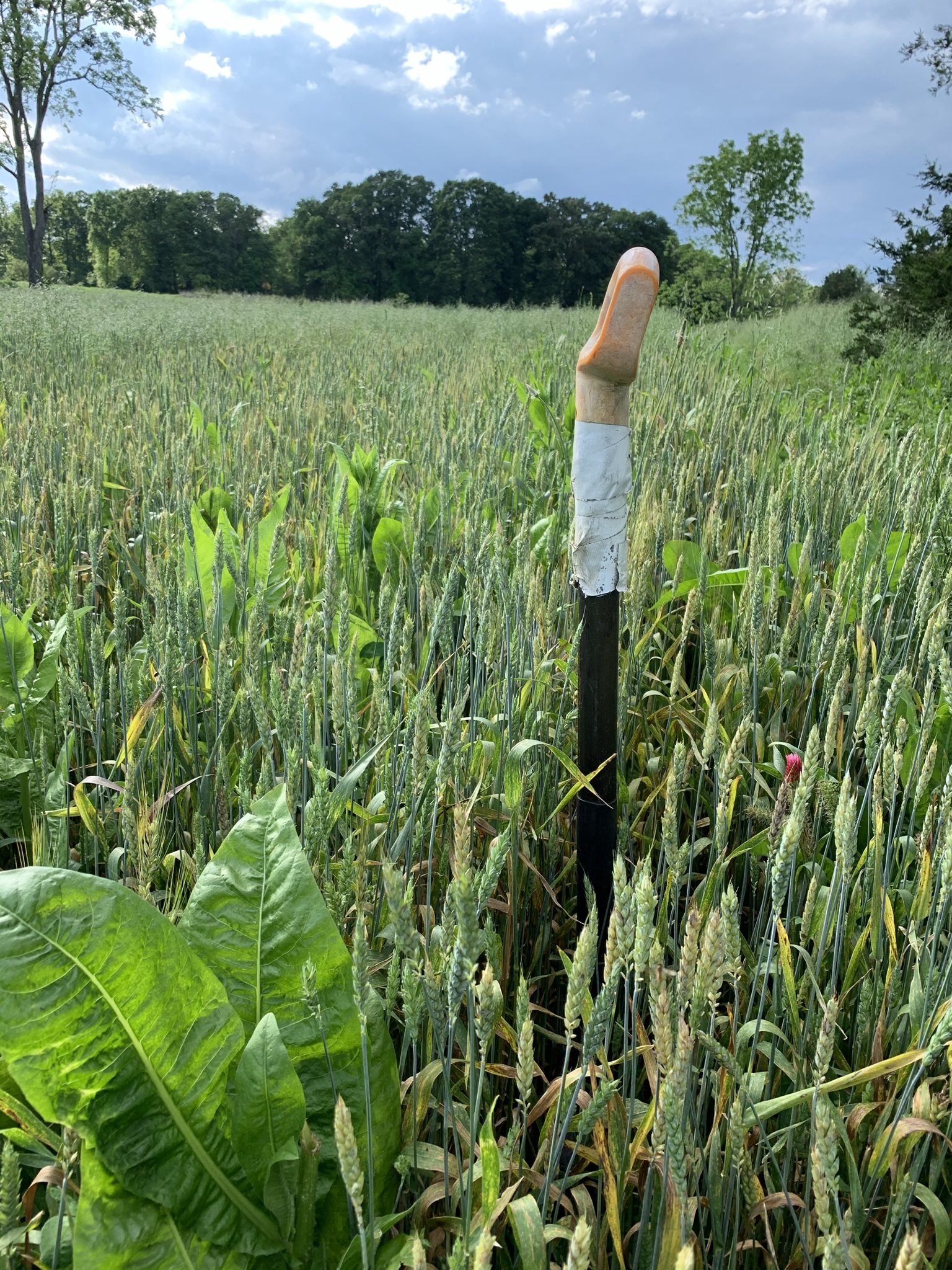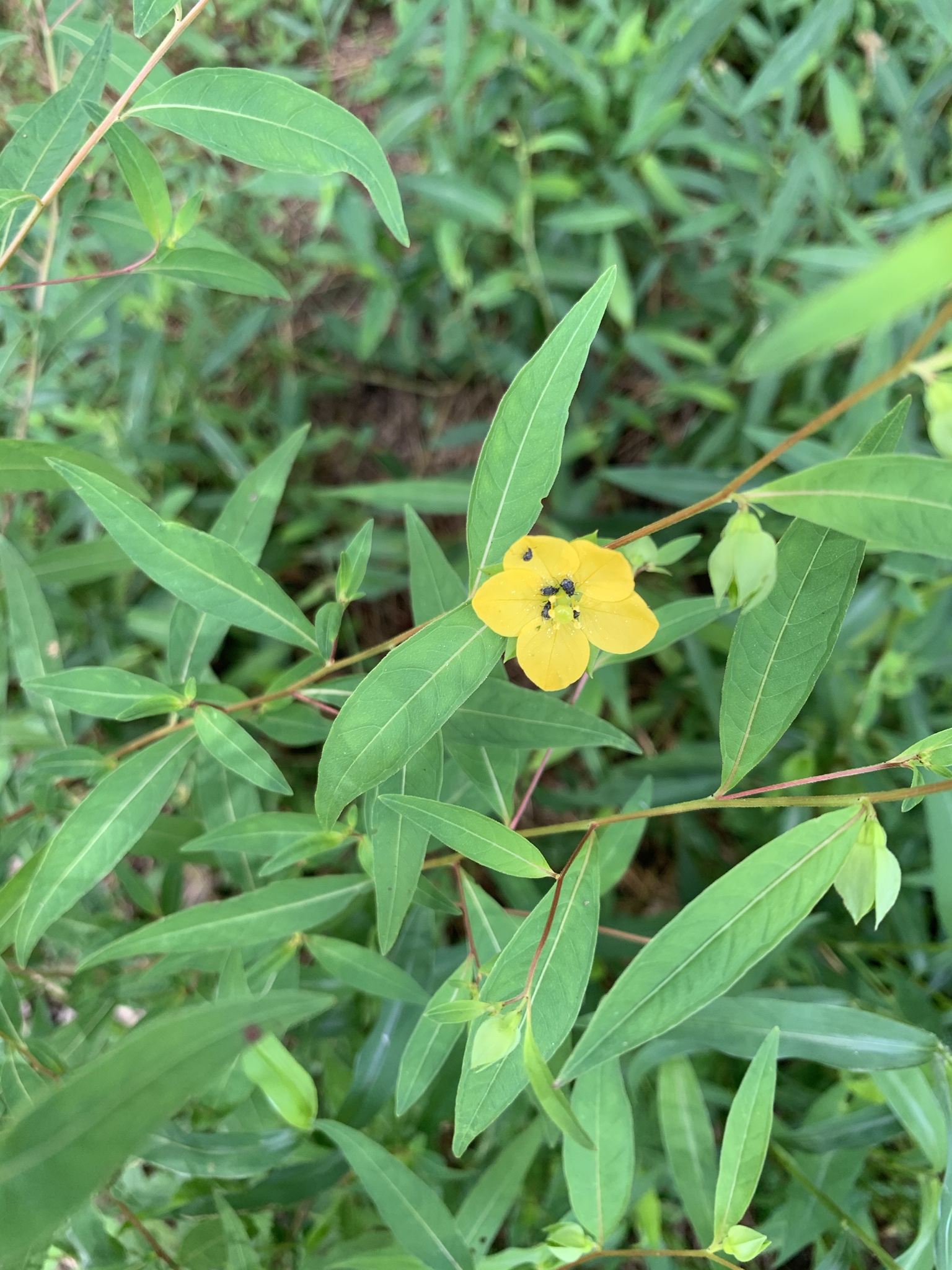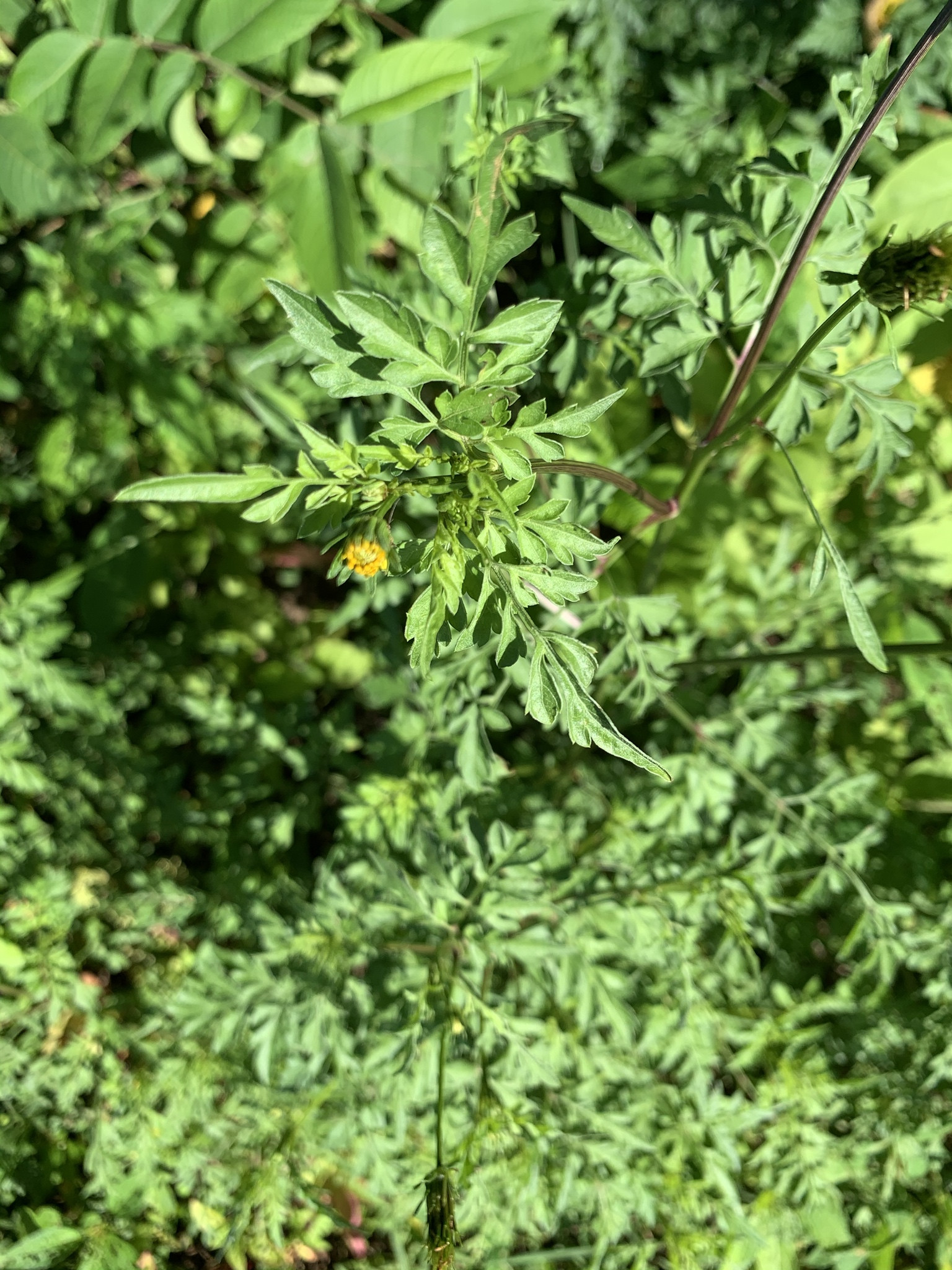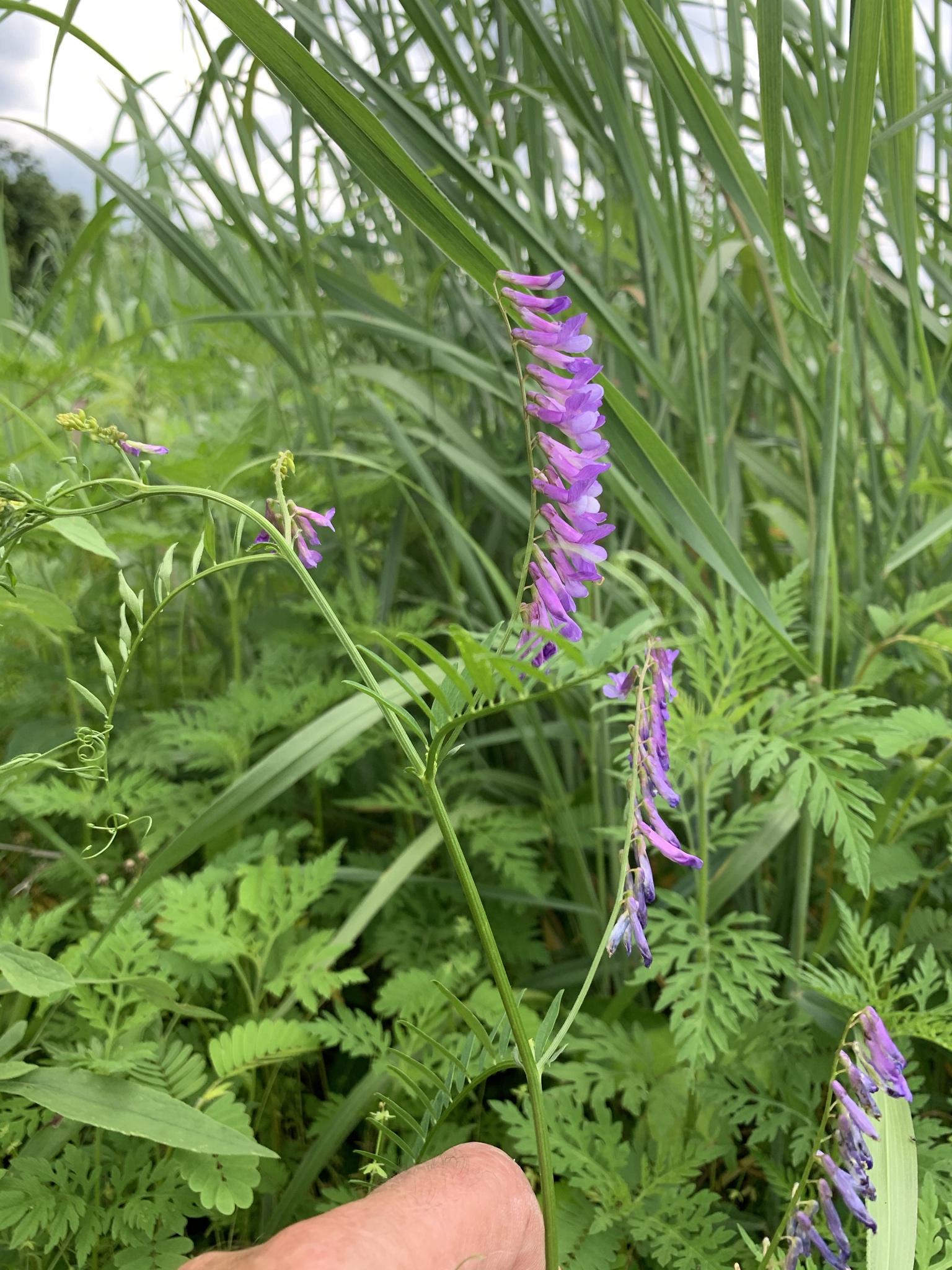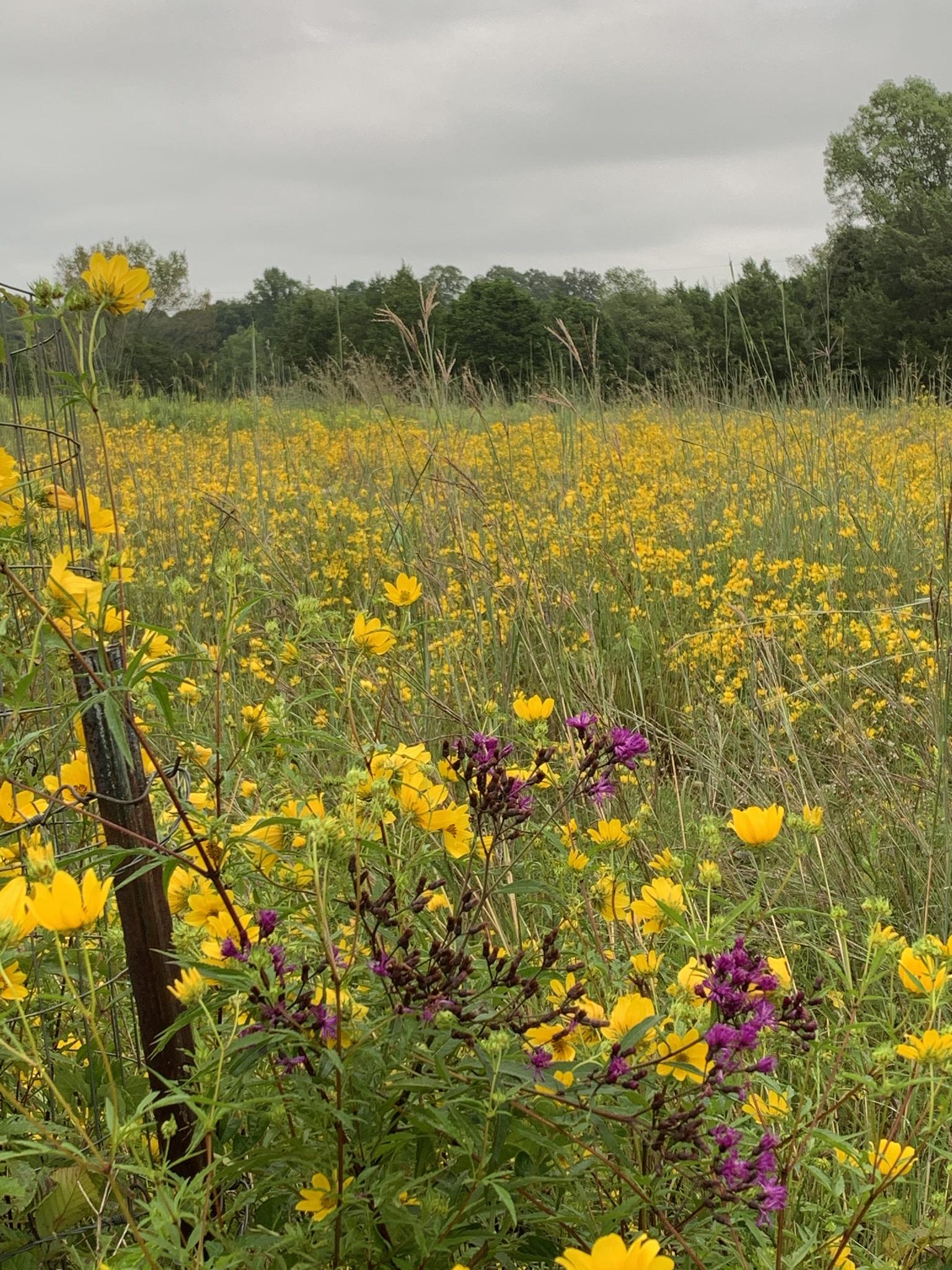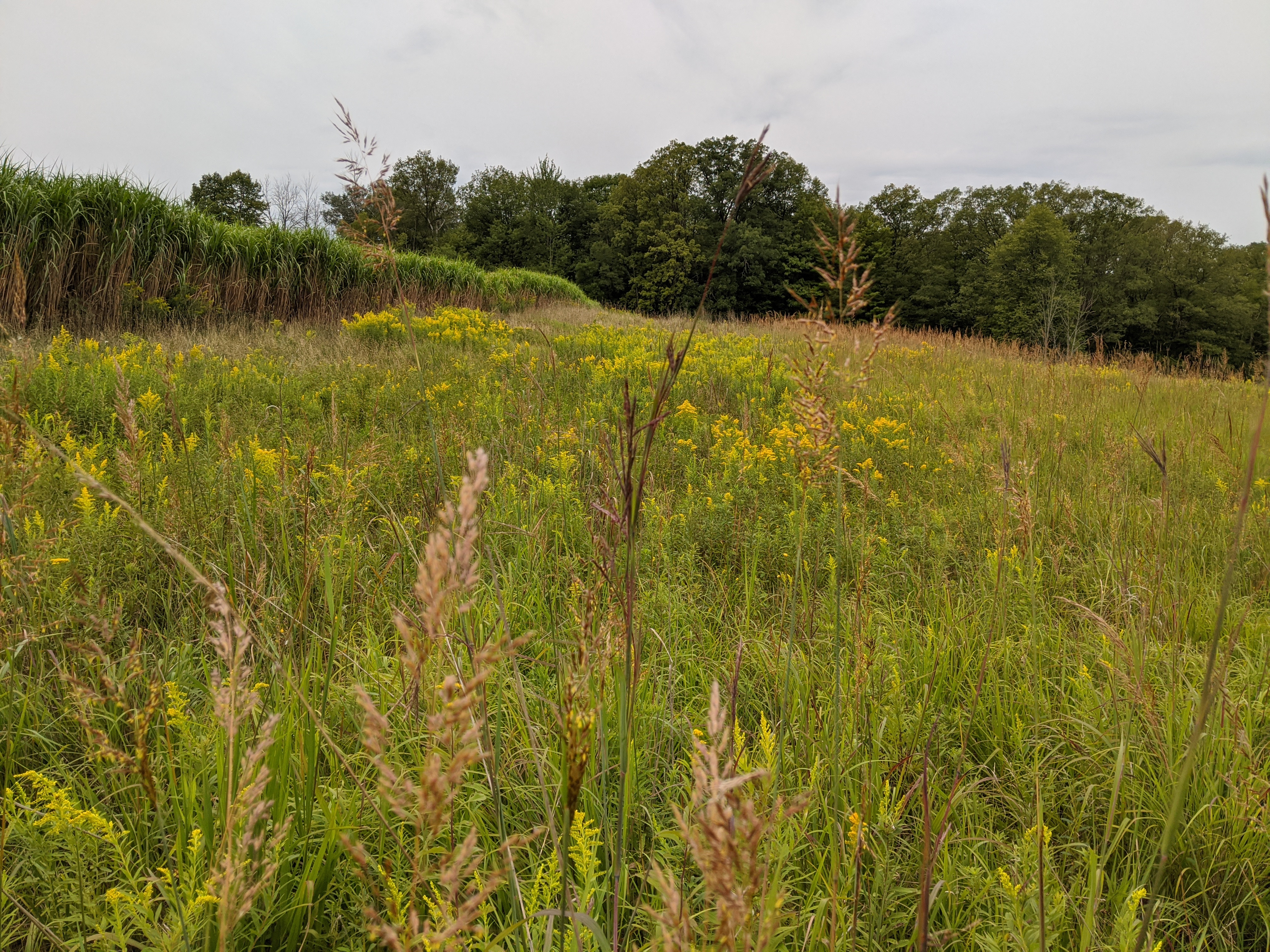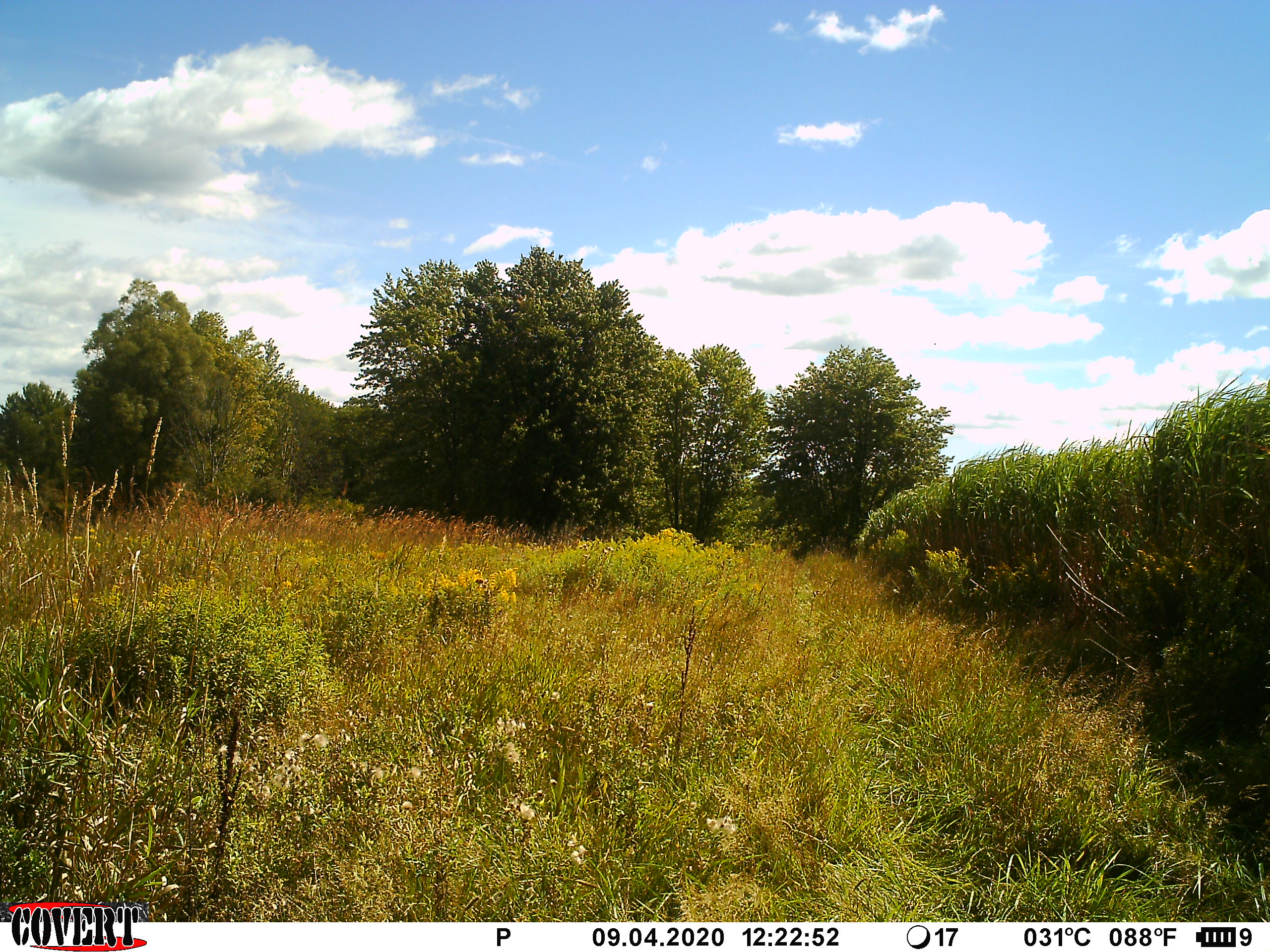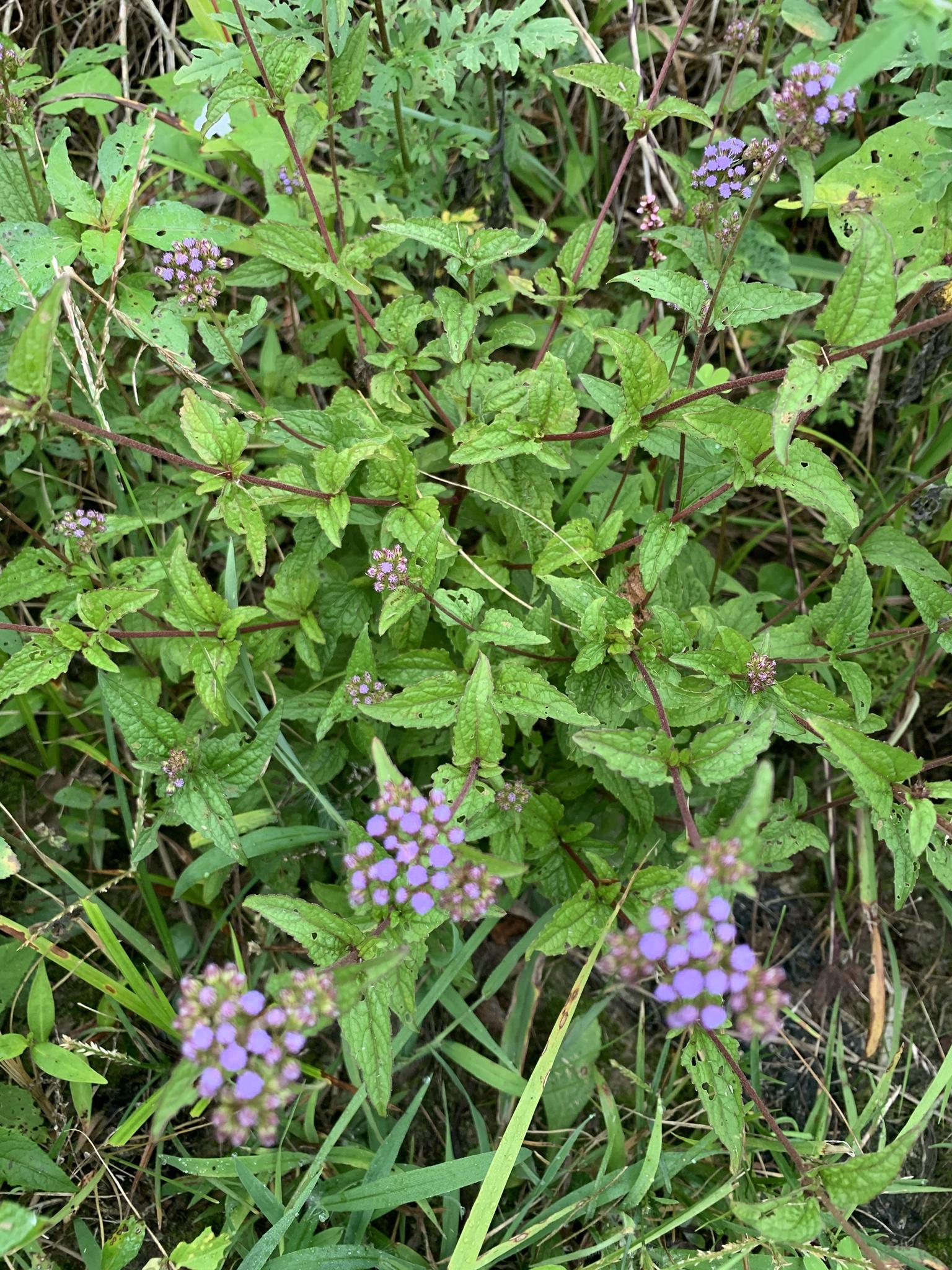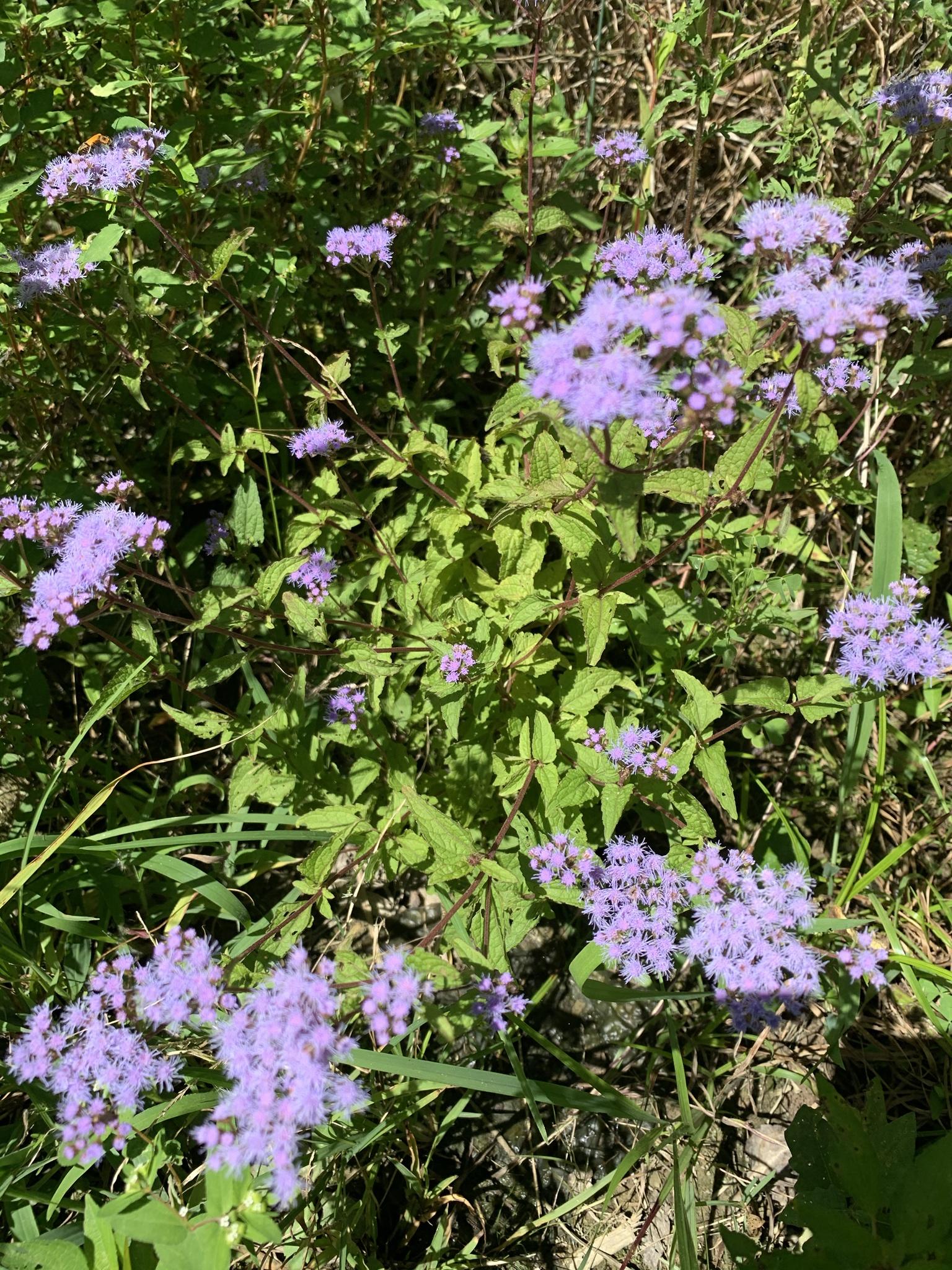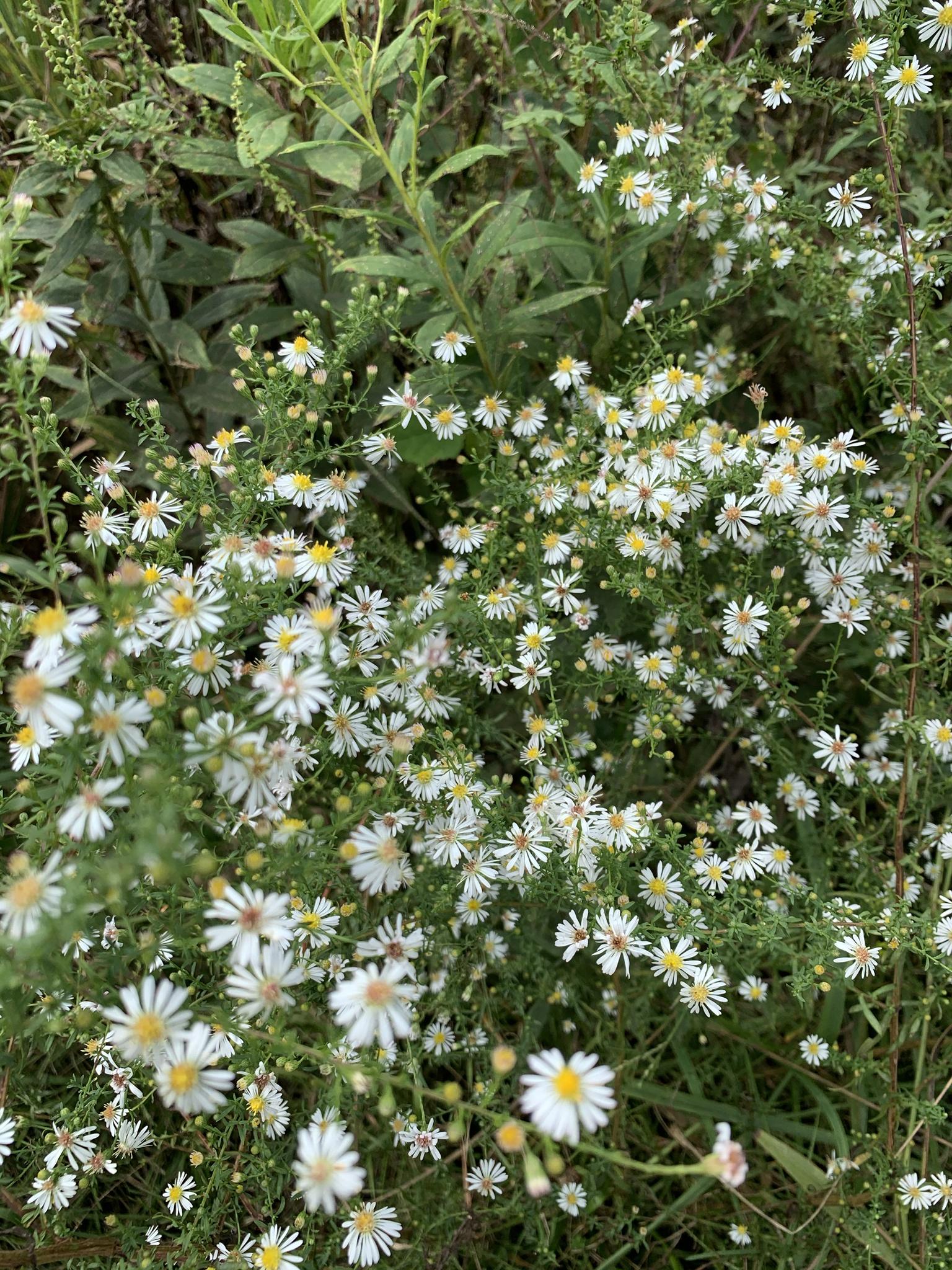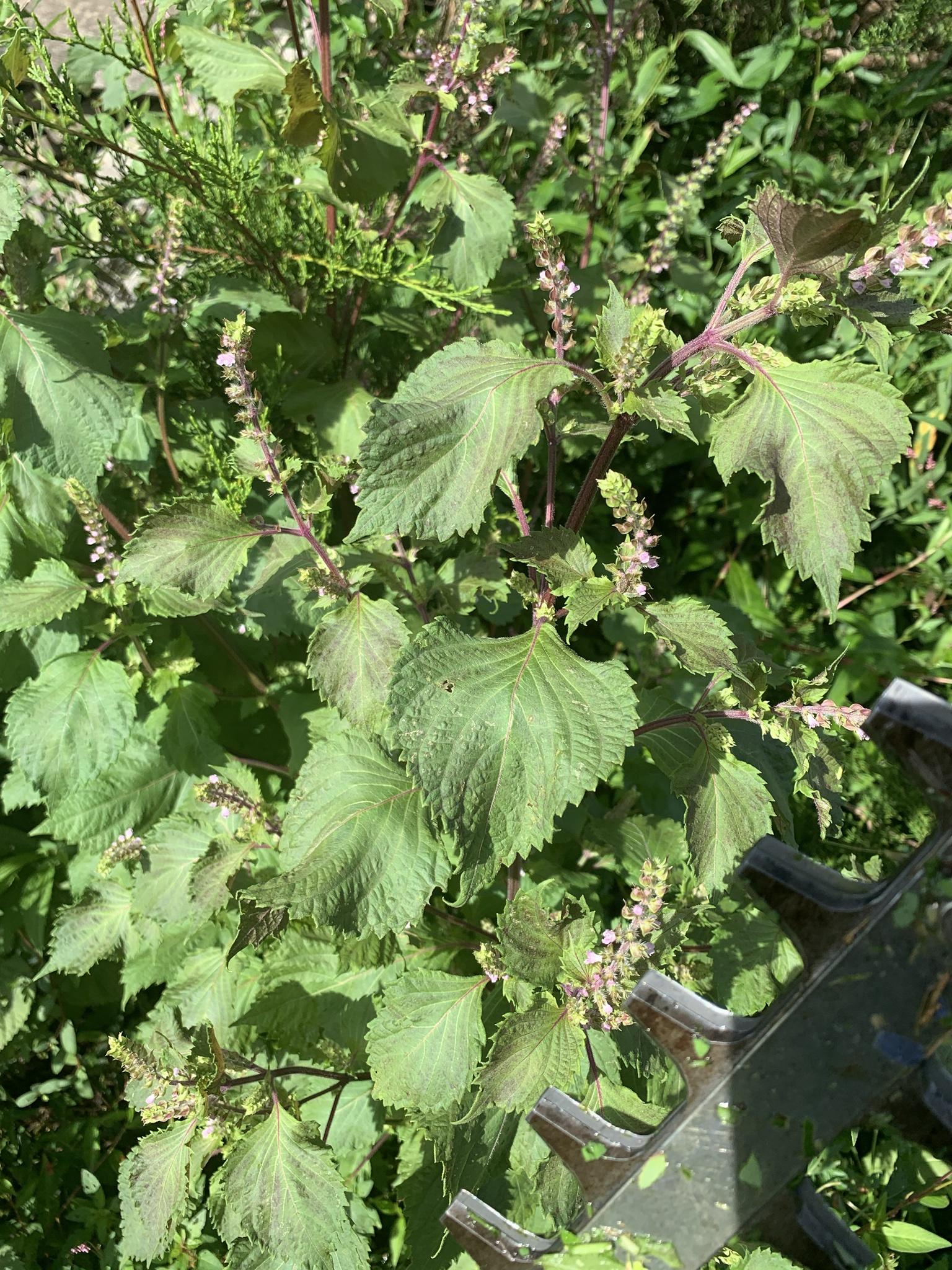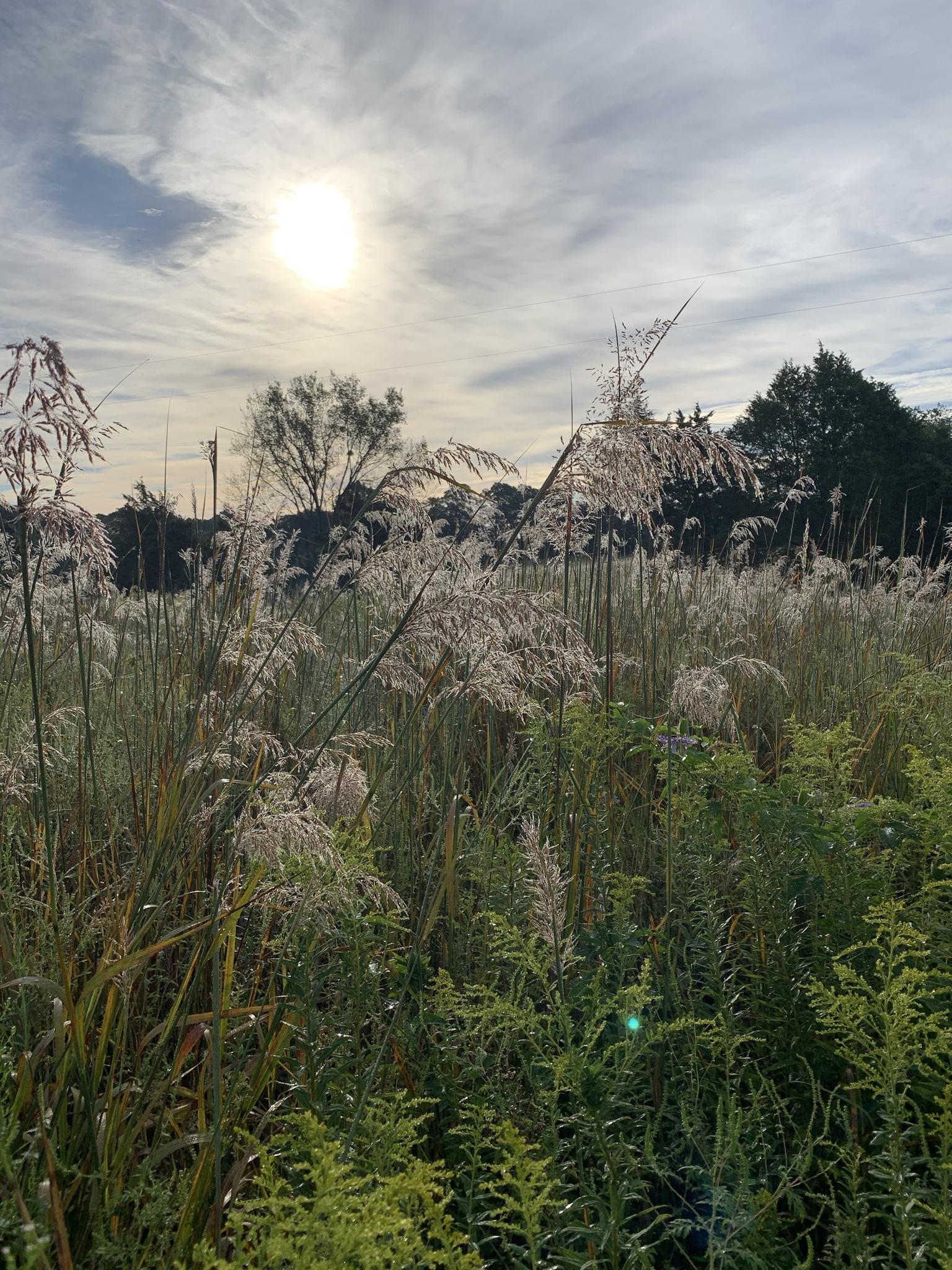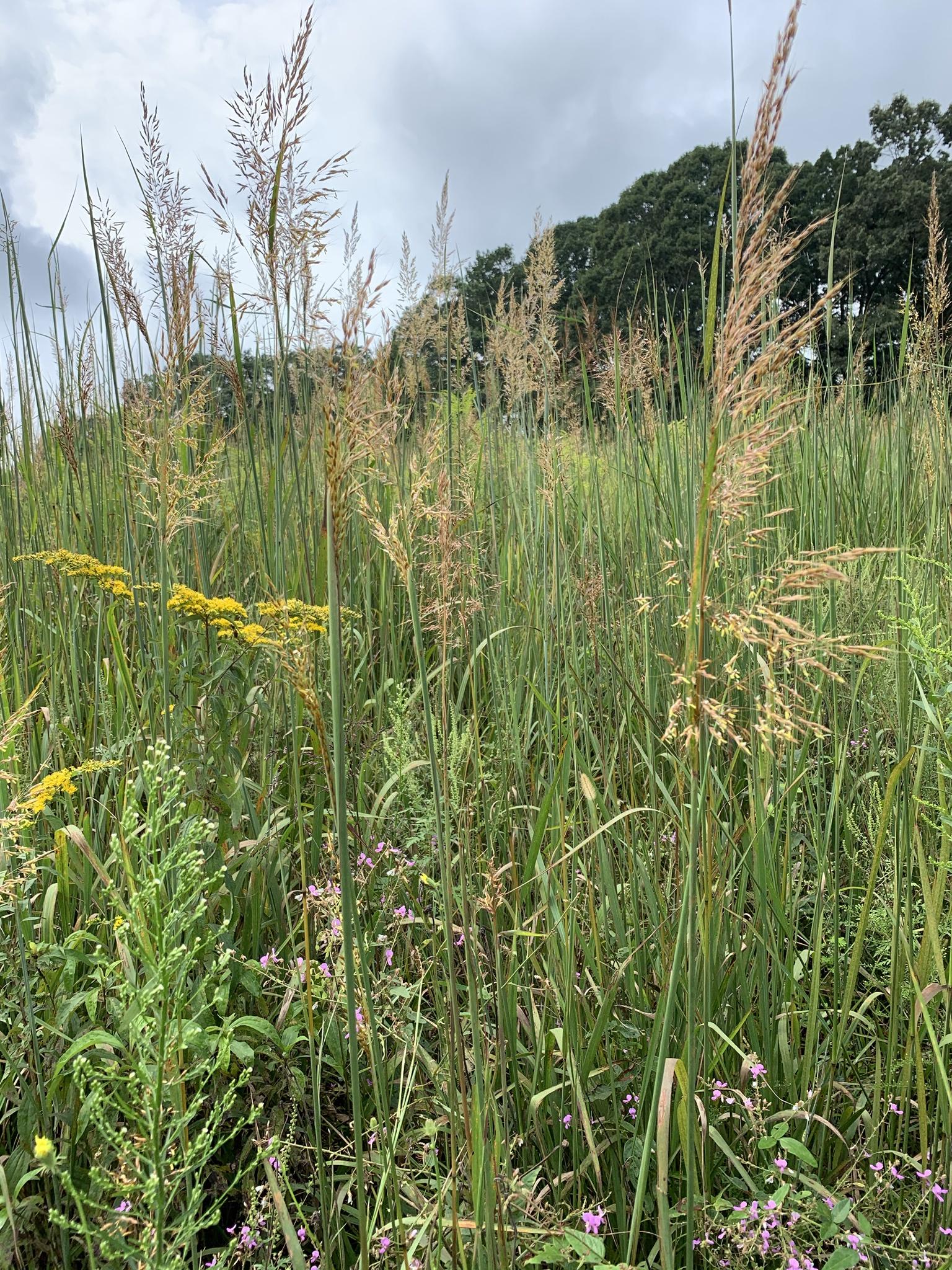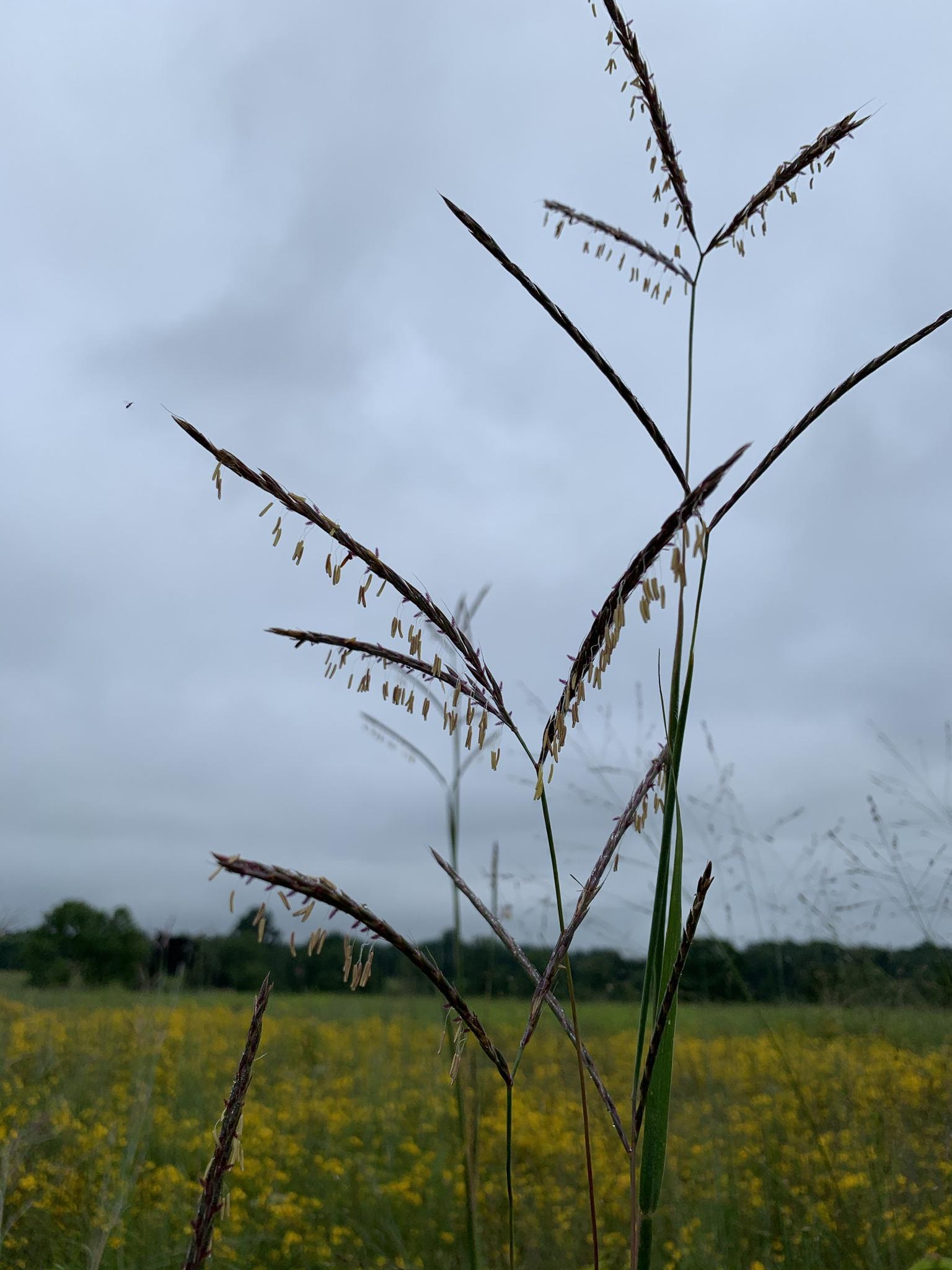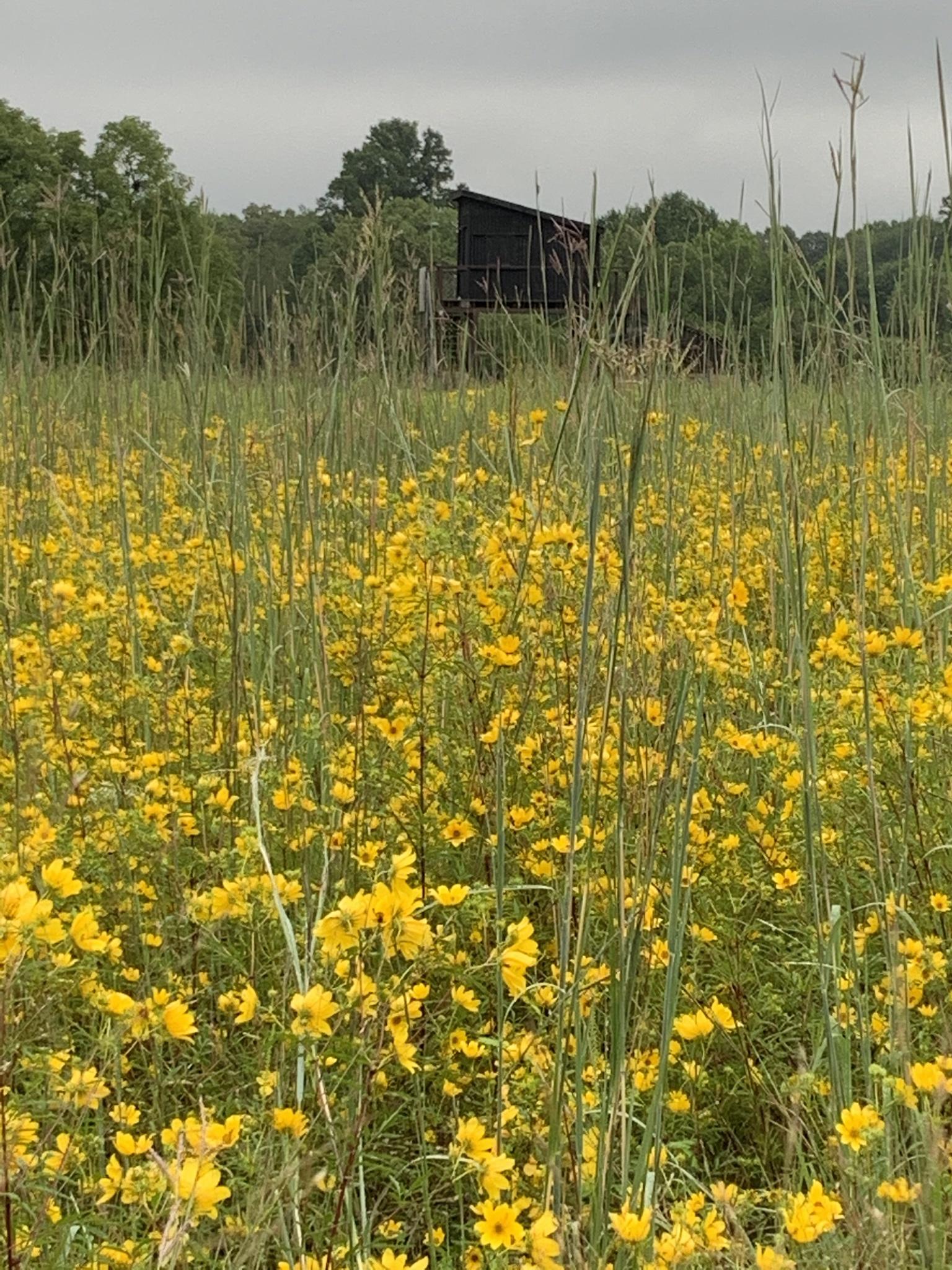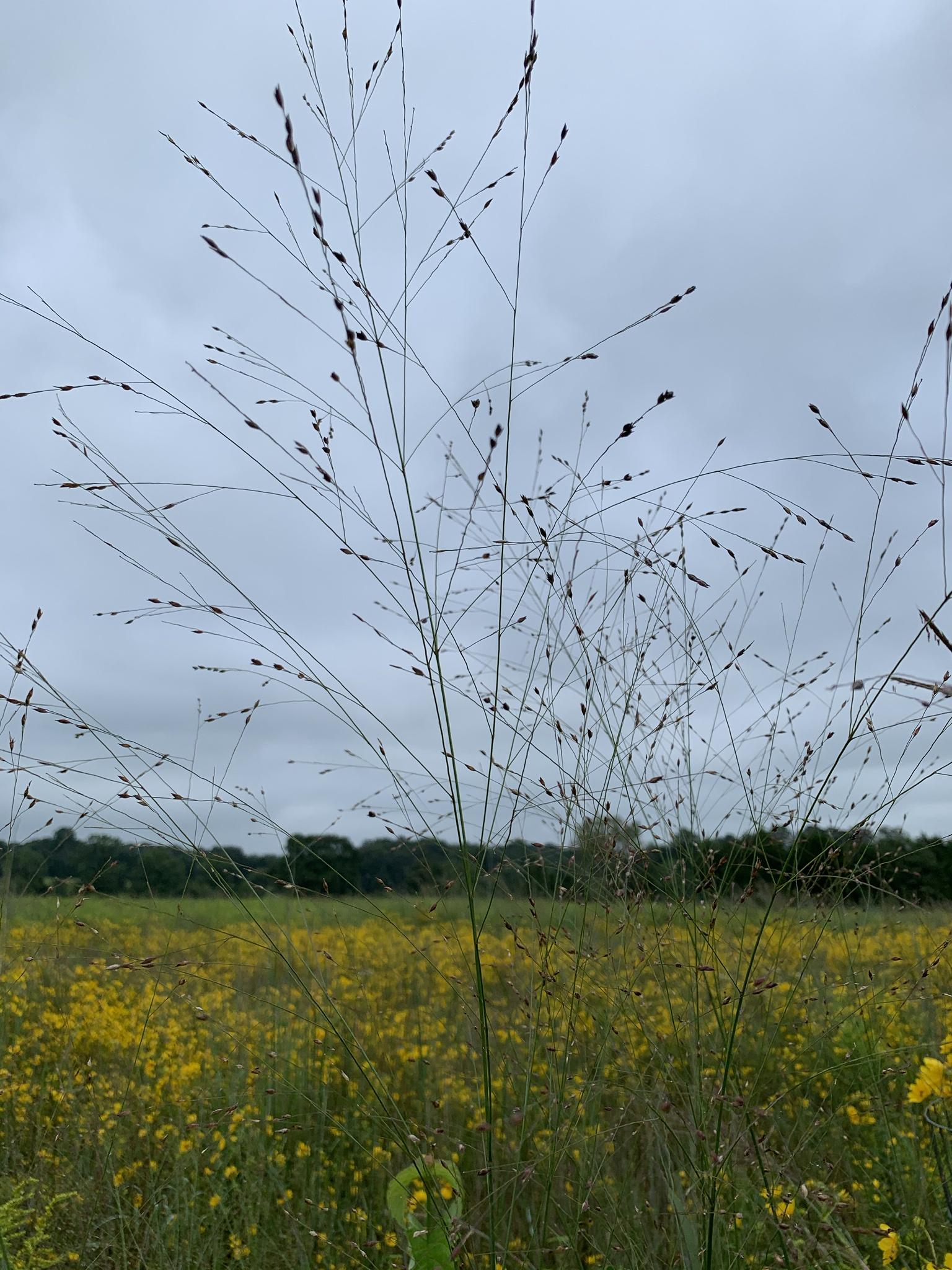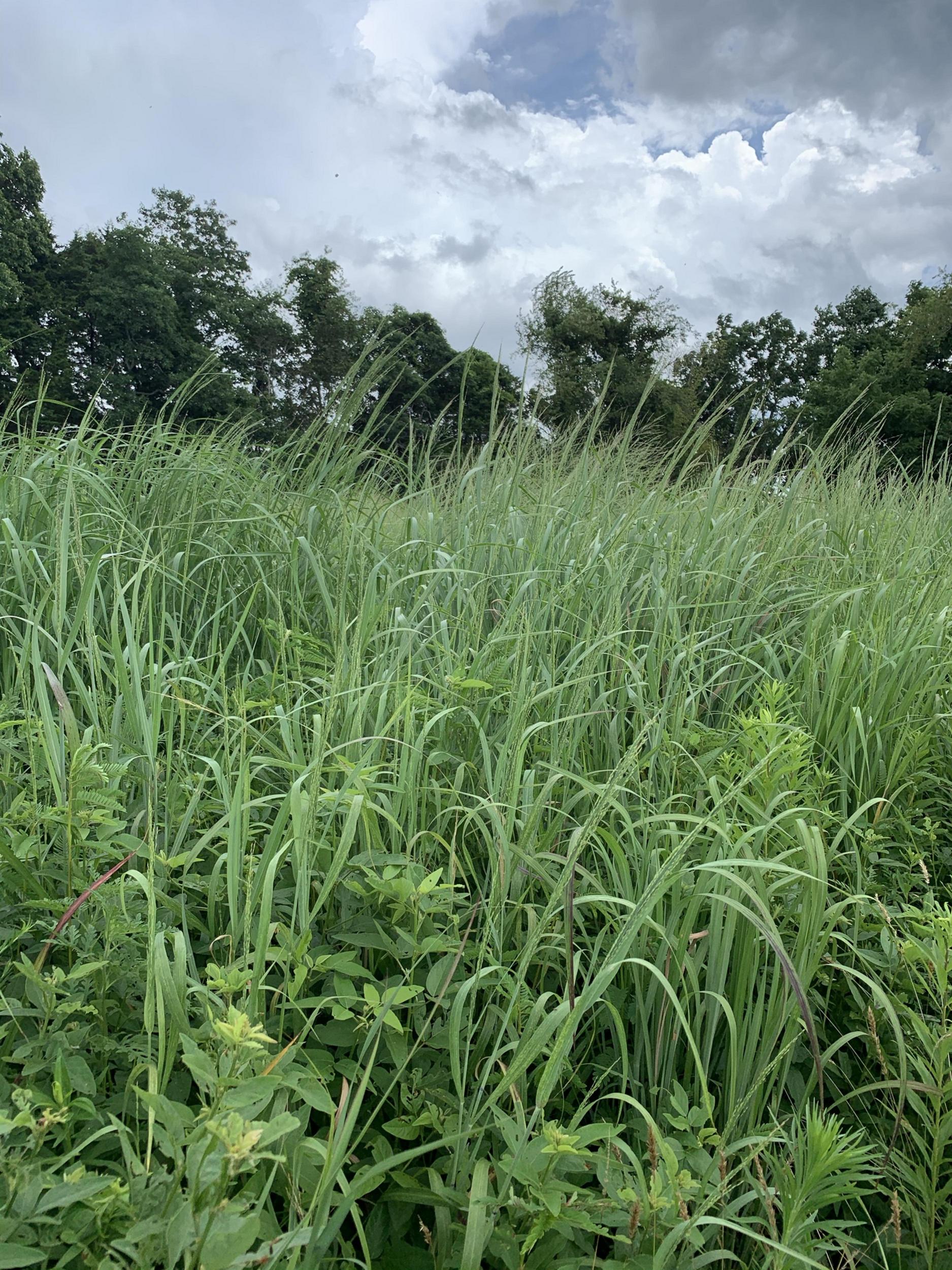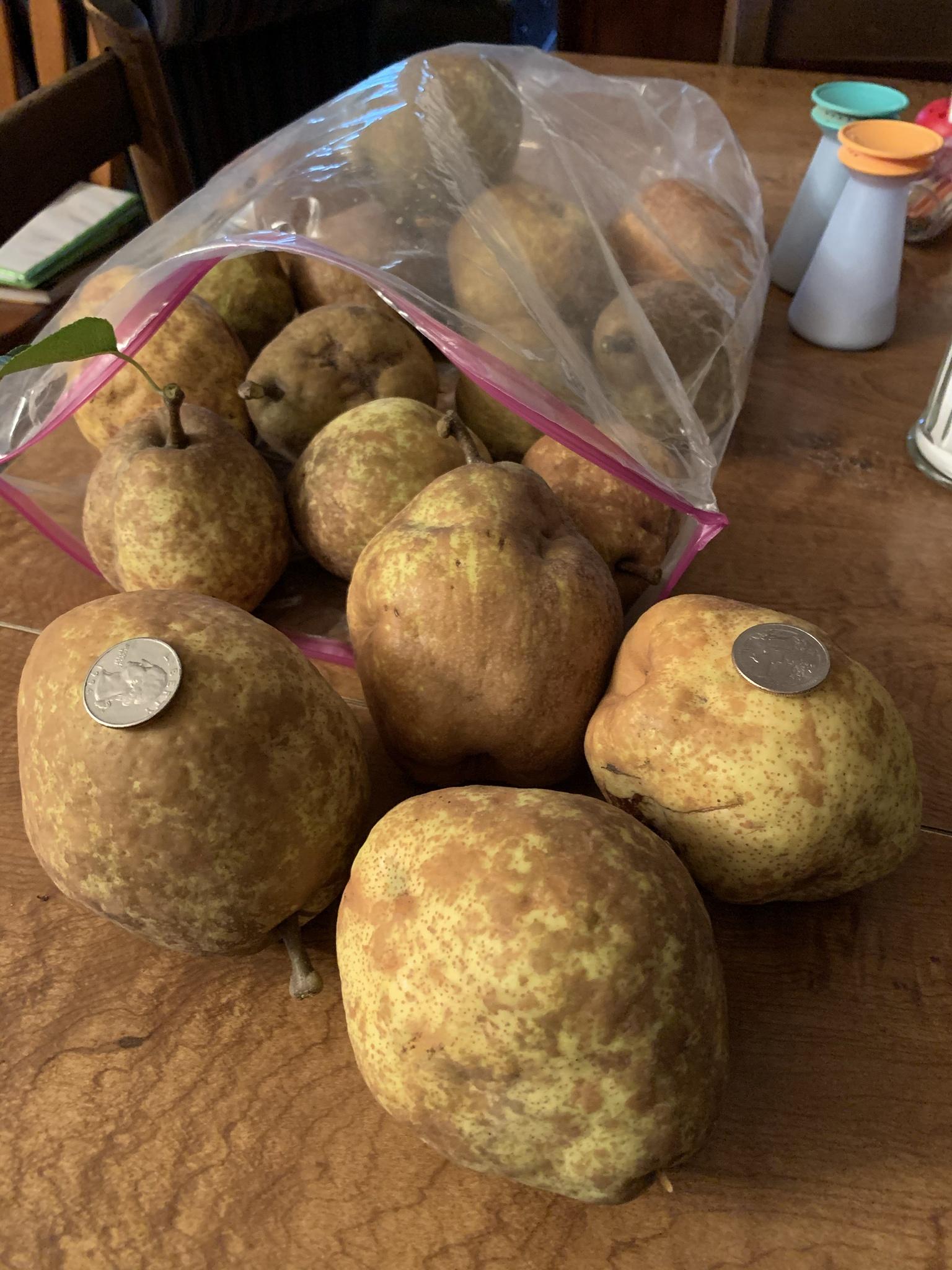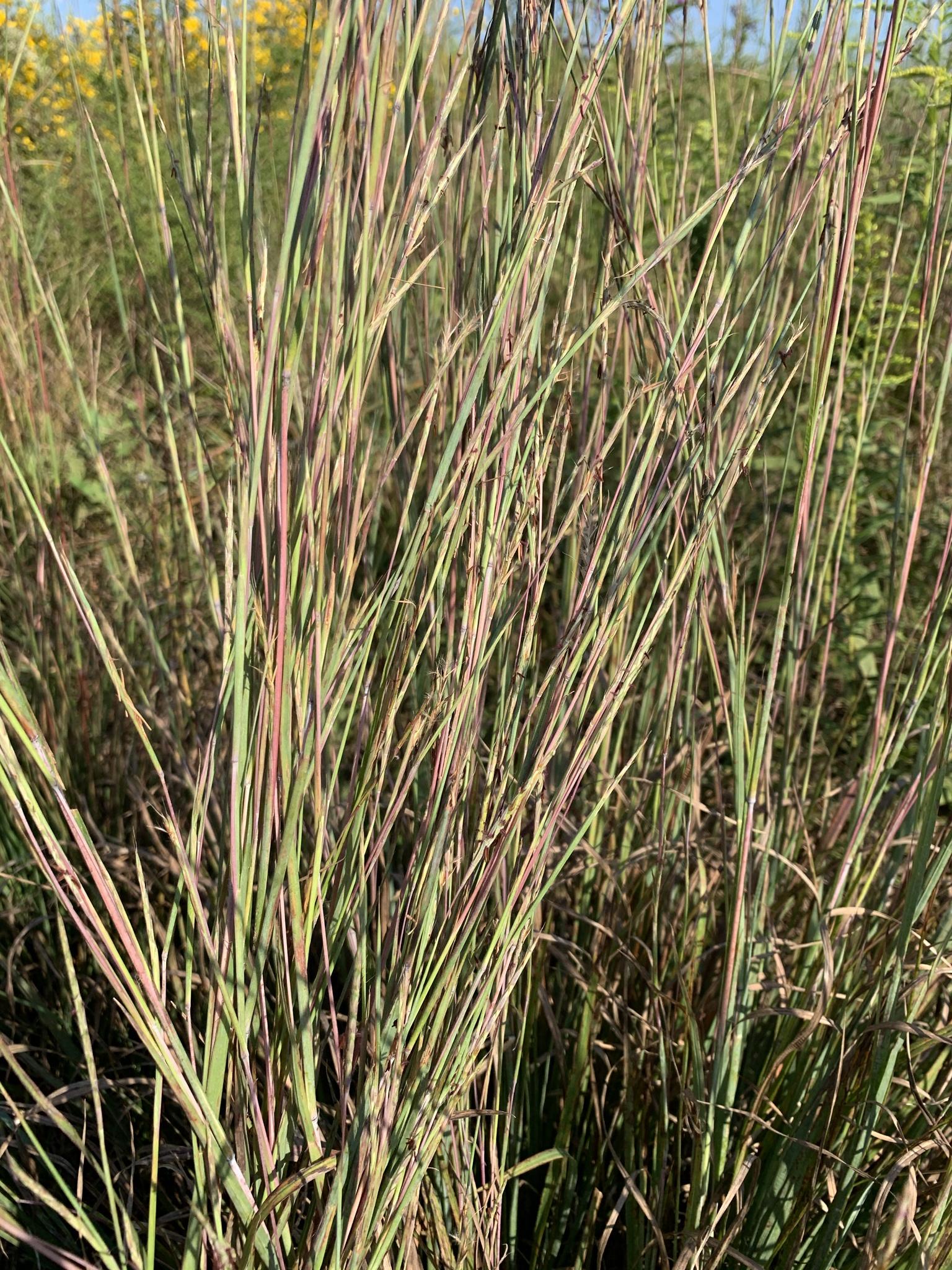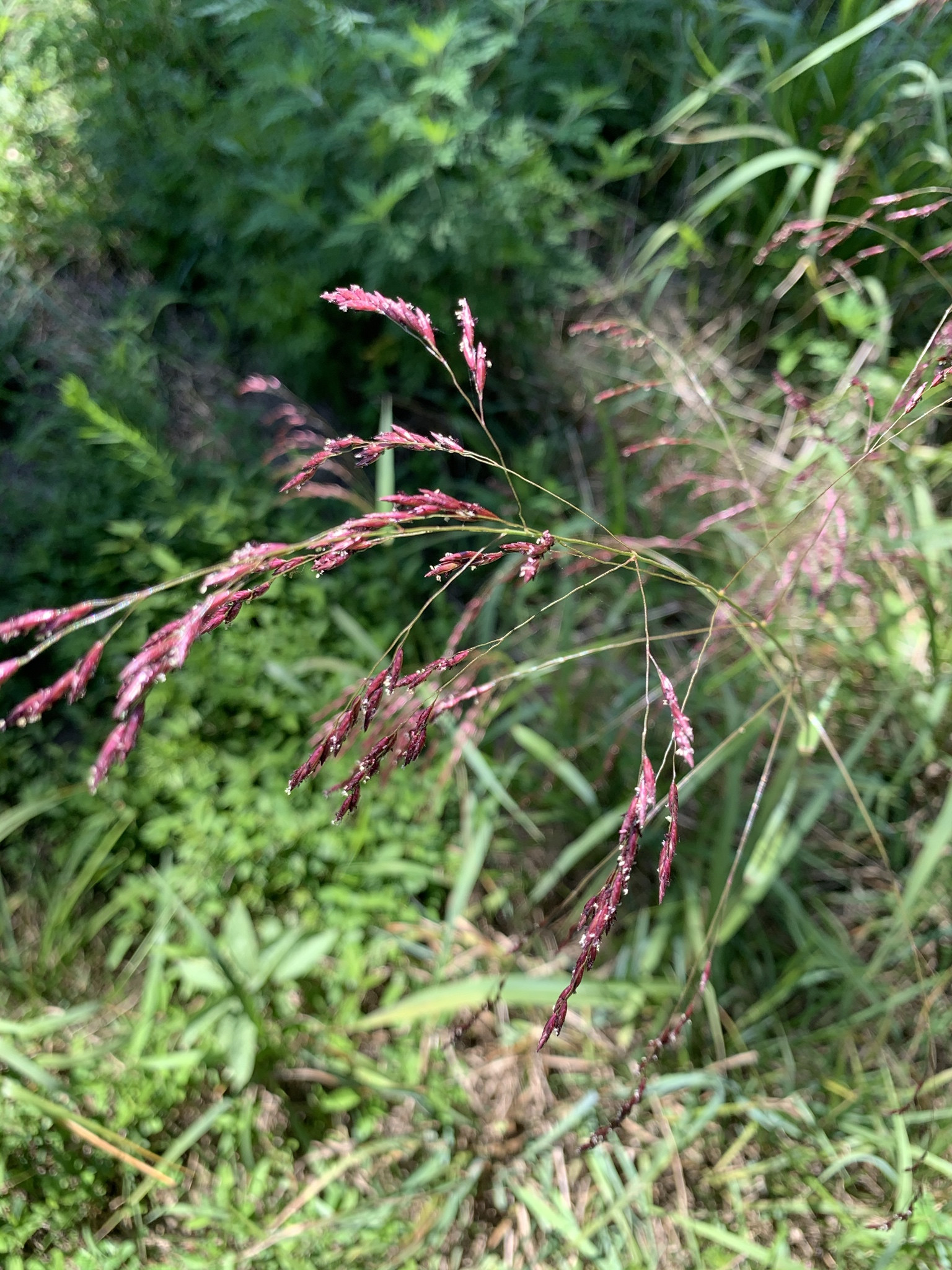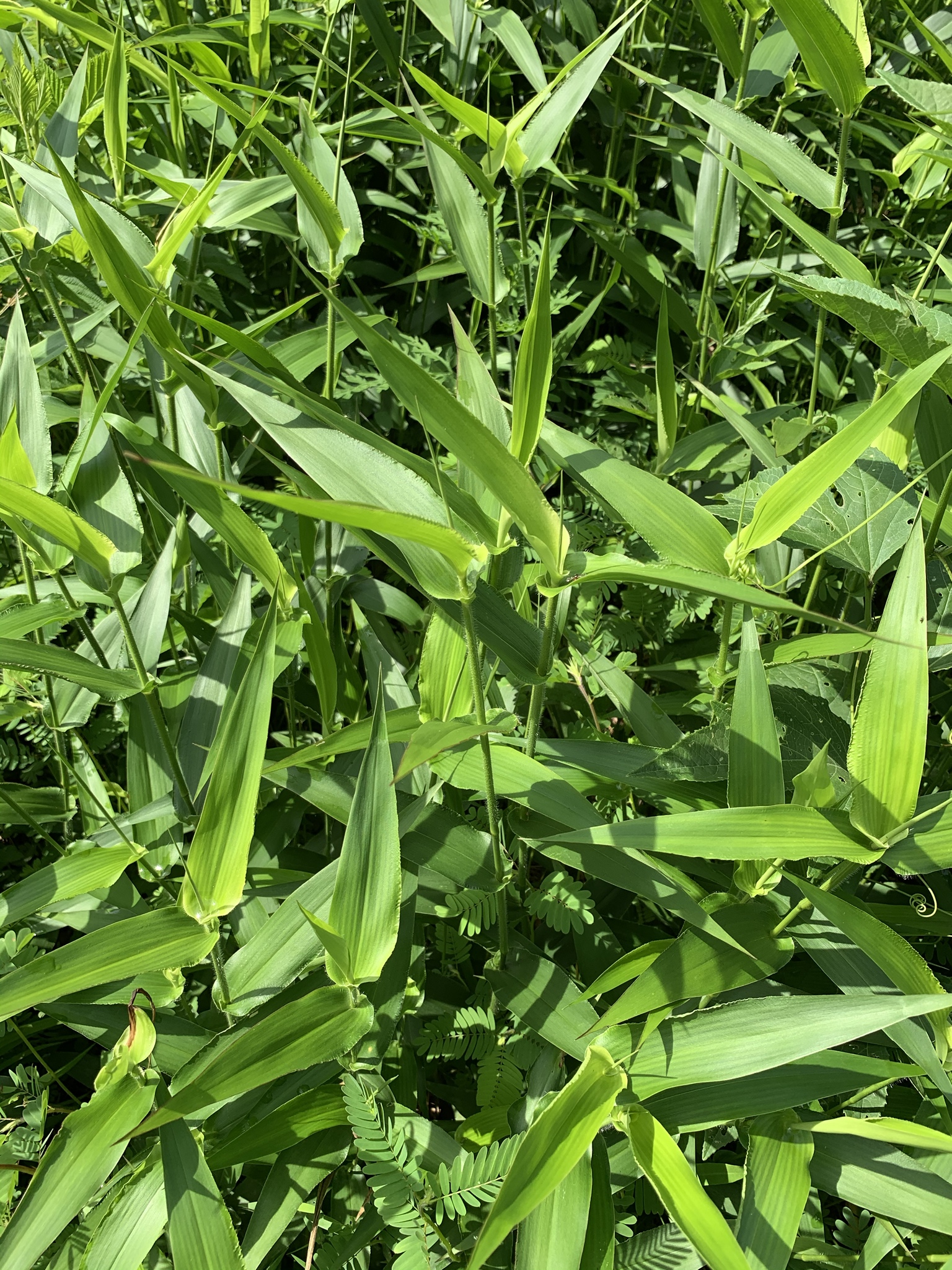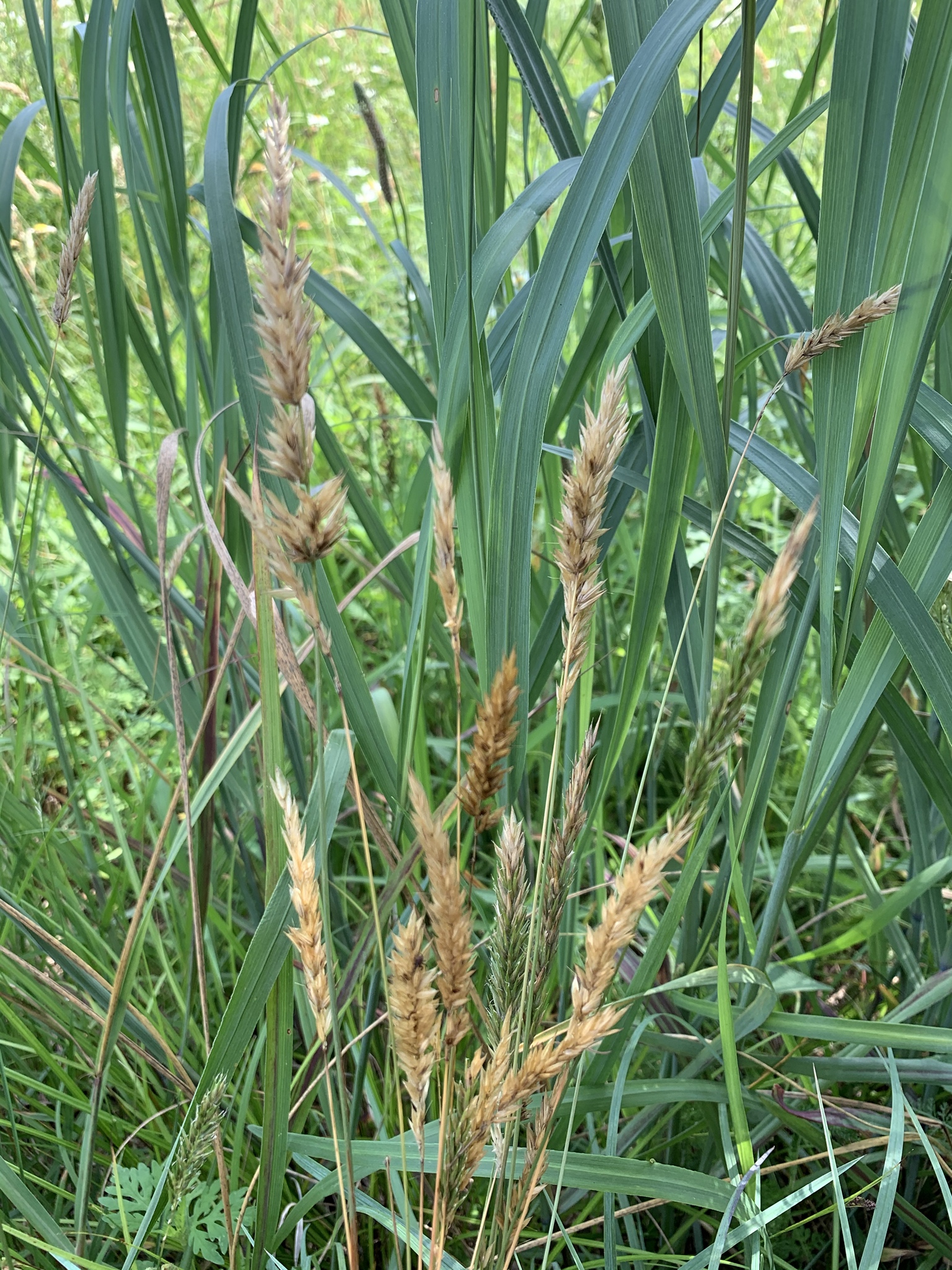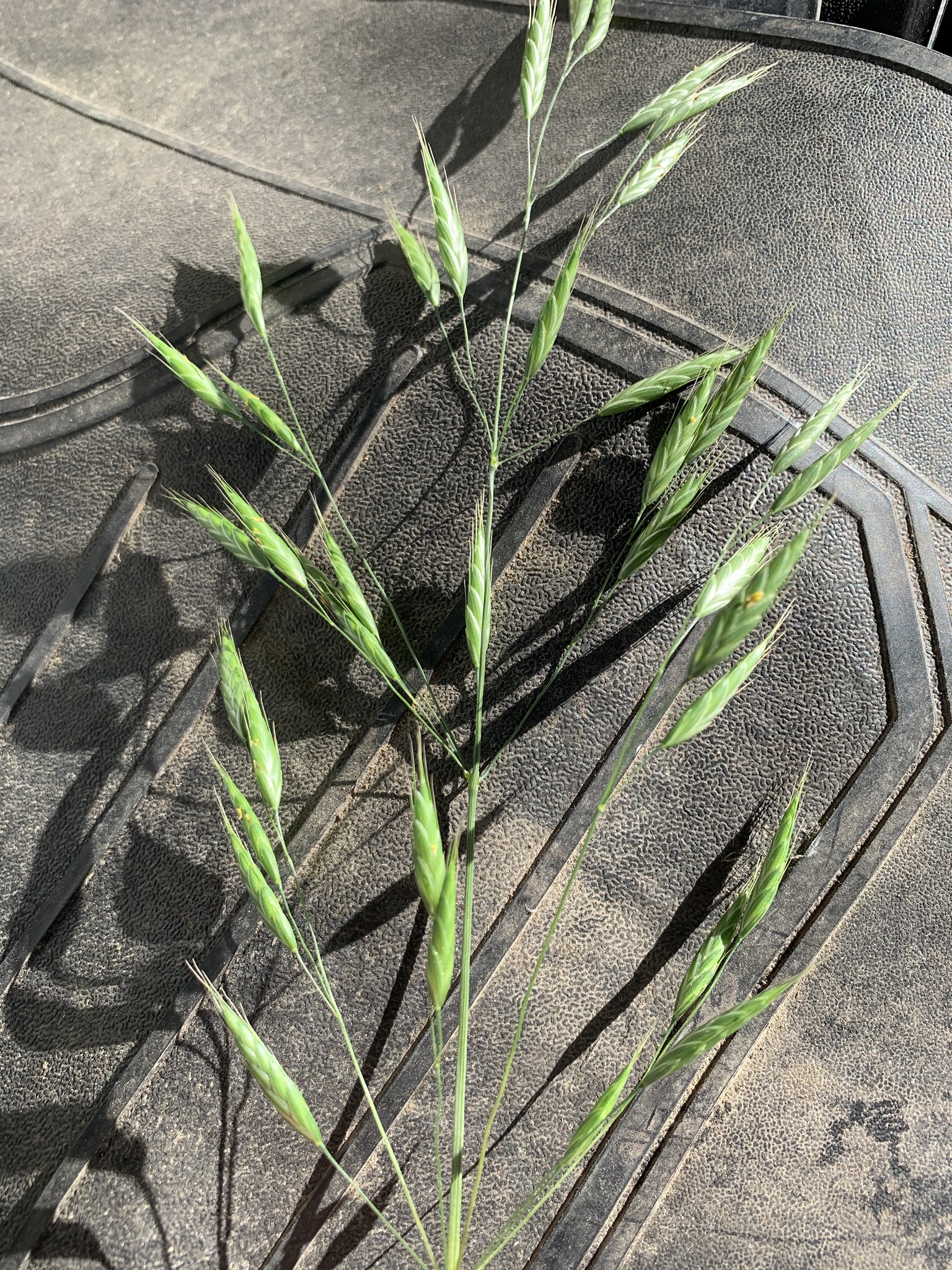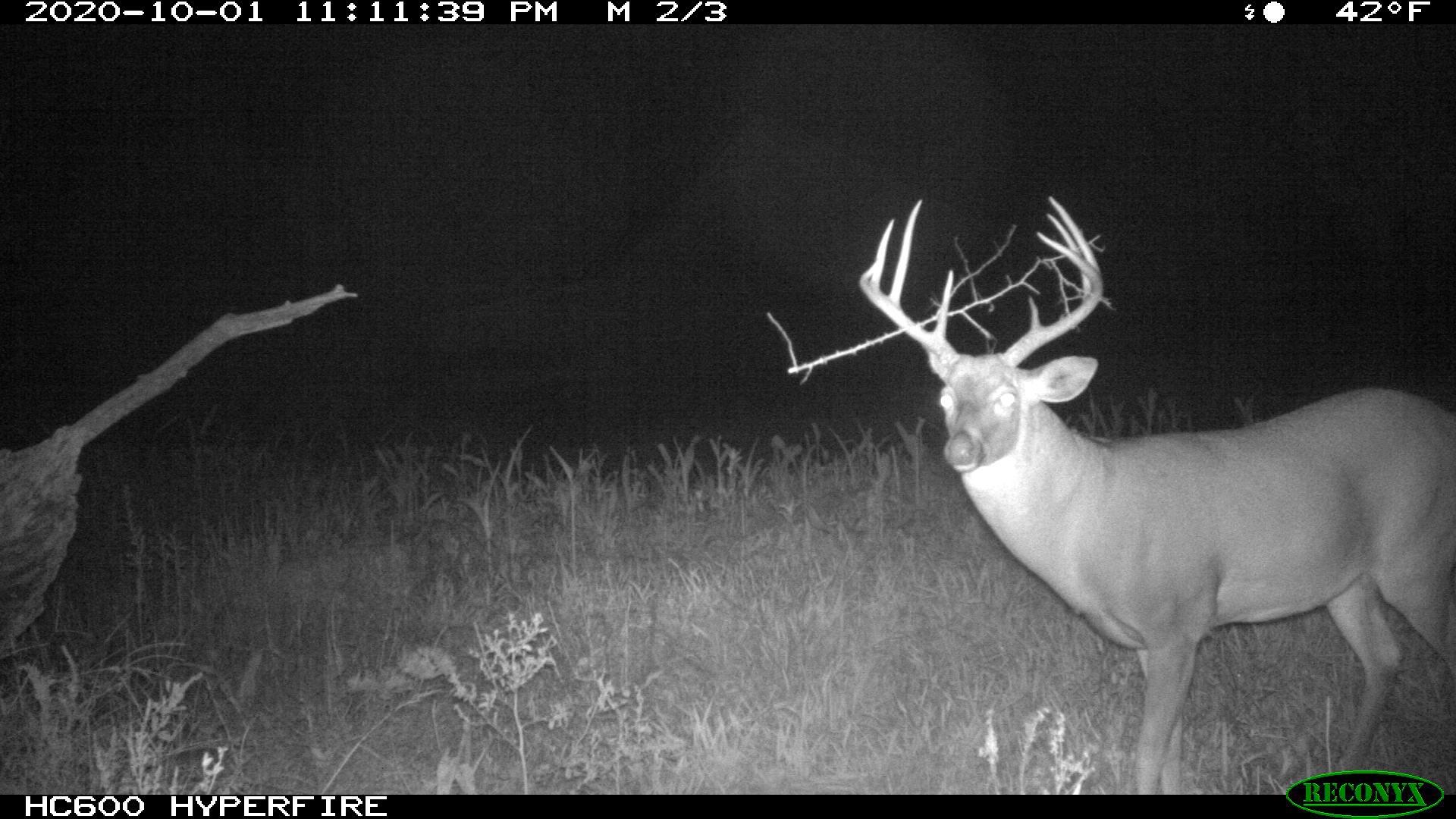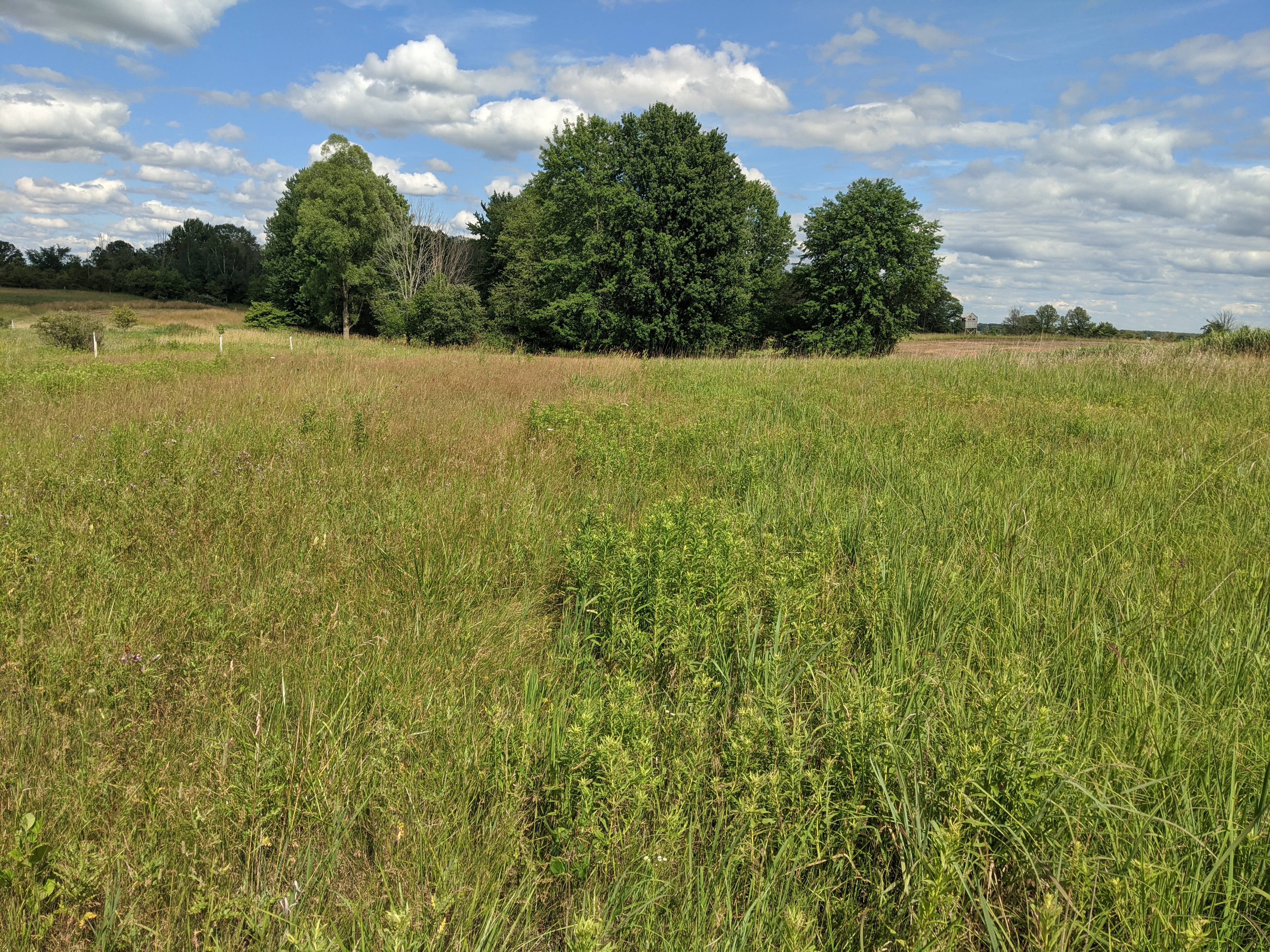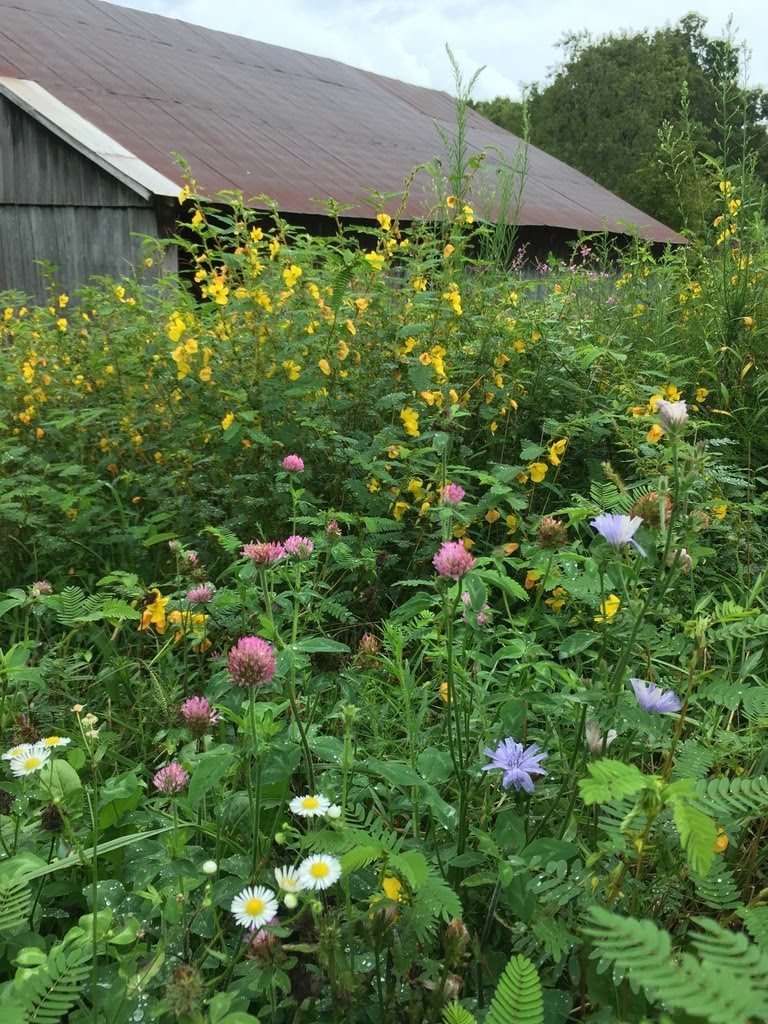Native Hunter
5 year old buck +
Let’s walk some more. We will do a short trip today and look at the two milkweeds that grow on my place and one other plant - Common Milkweed, Butterfly Milkweed and Purple Passion Flower.
Picture of Common Mikweed:

Facts about common milkweed:
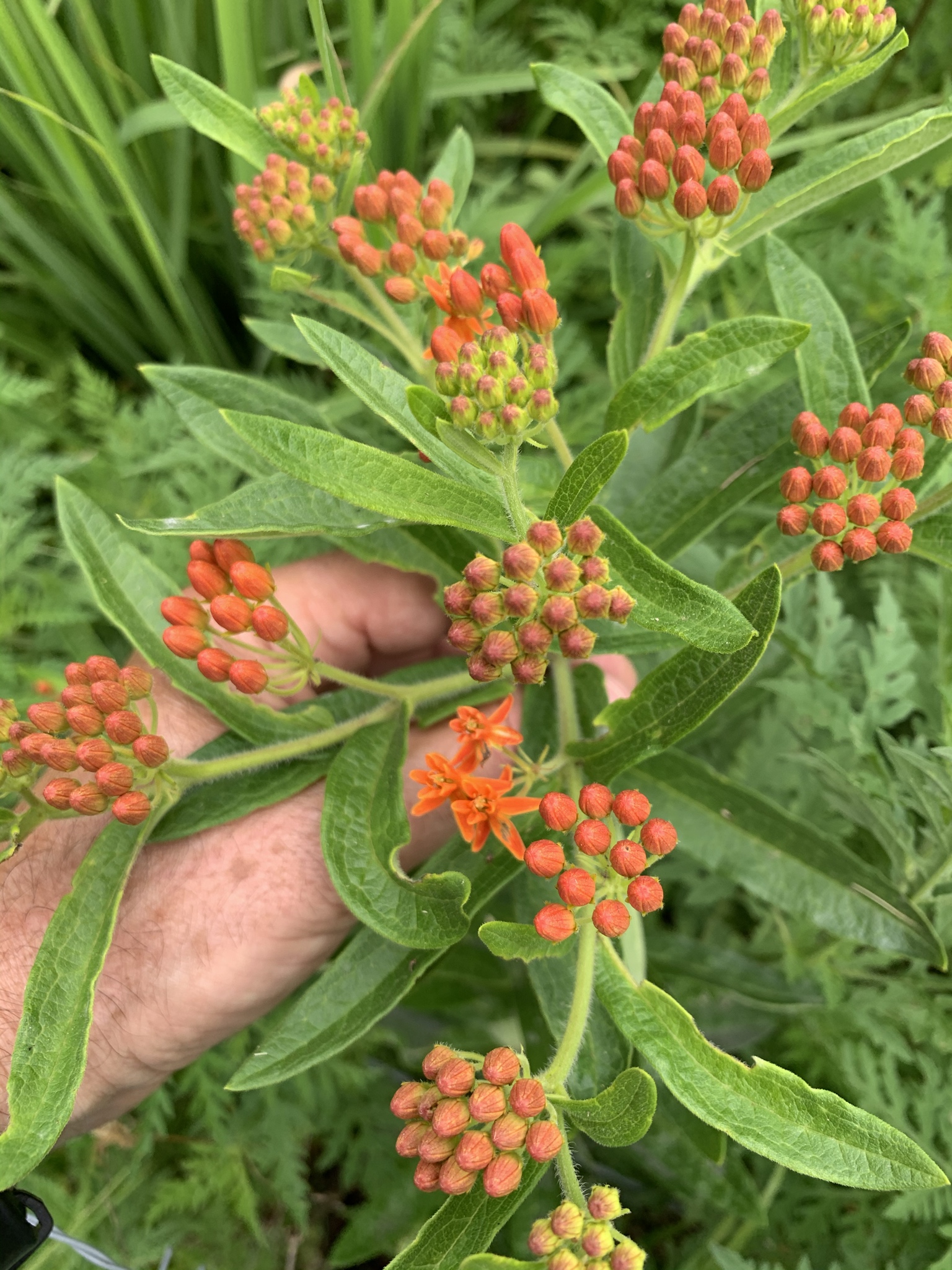
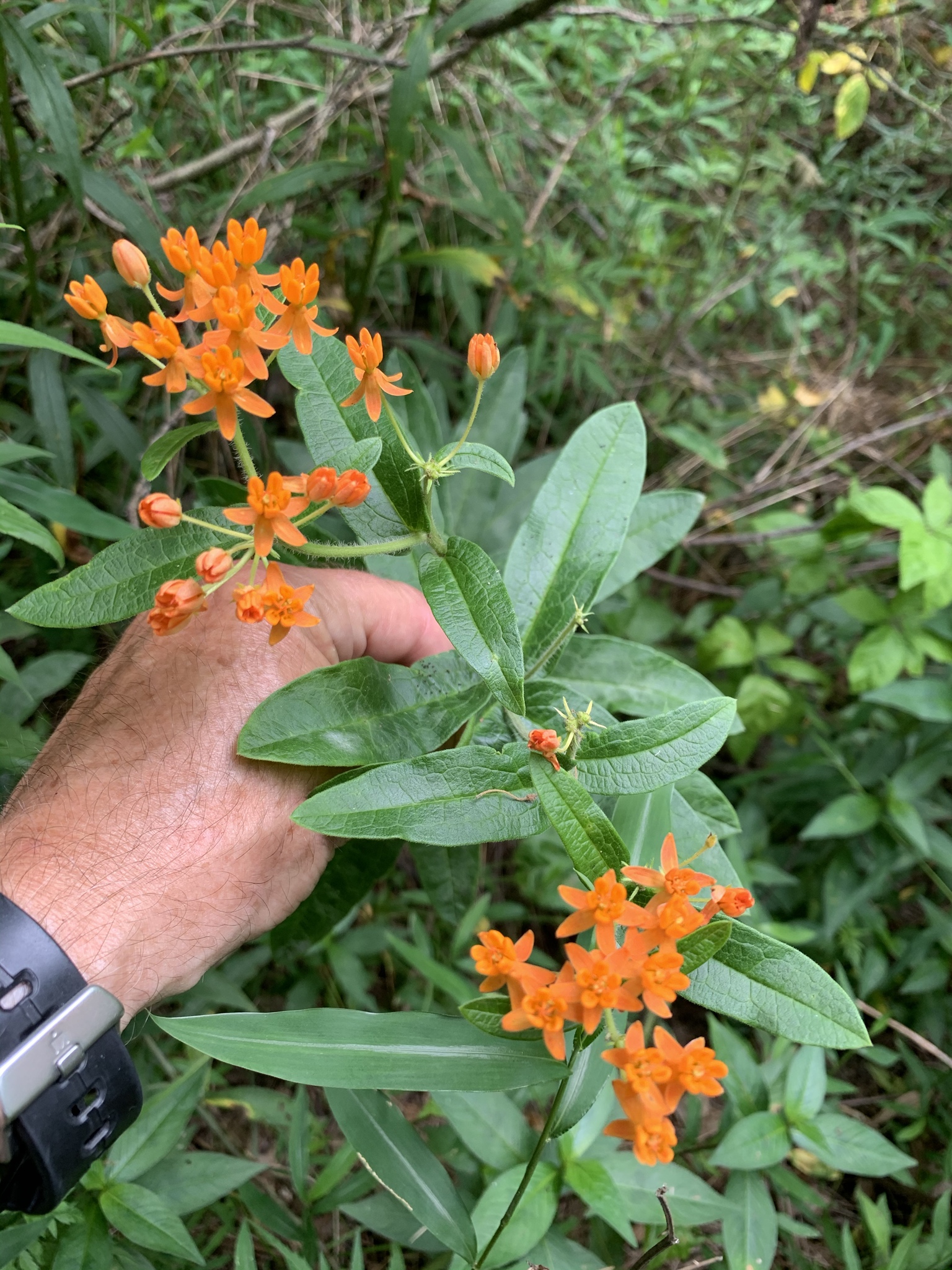
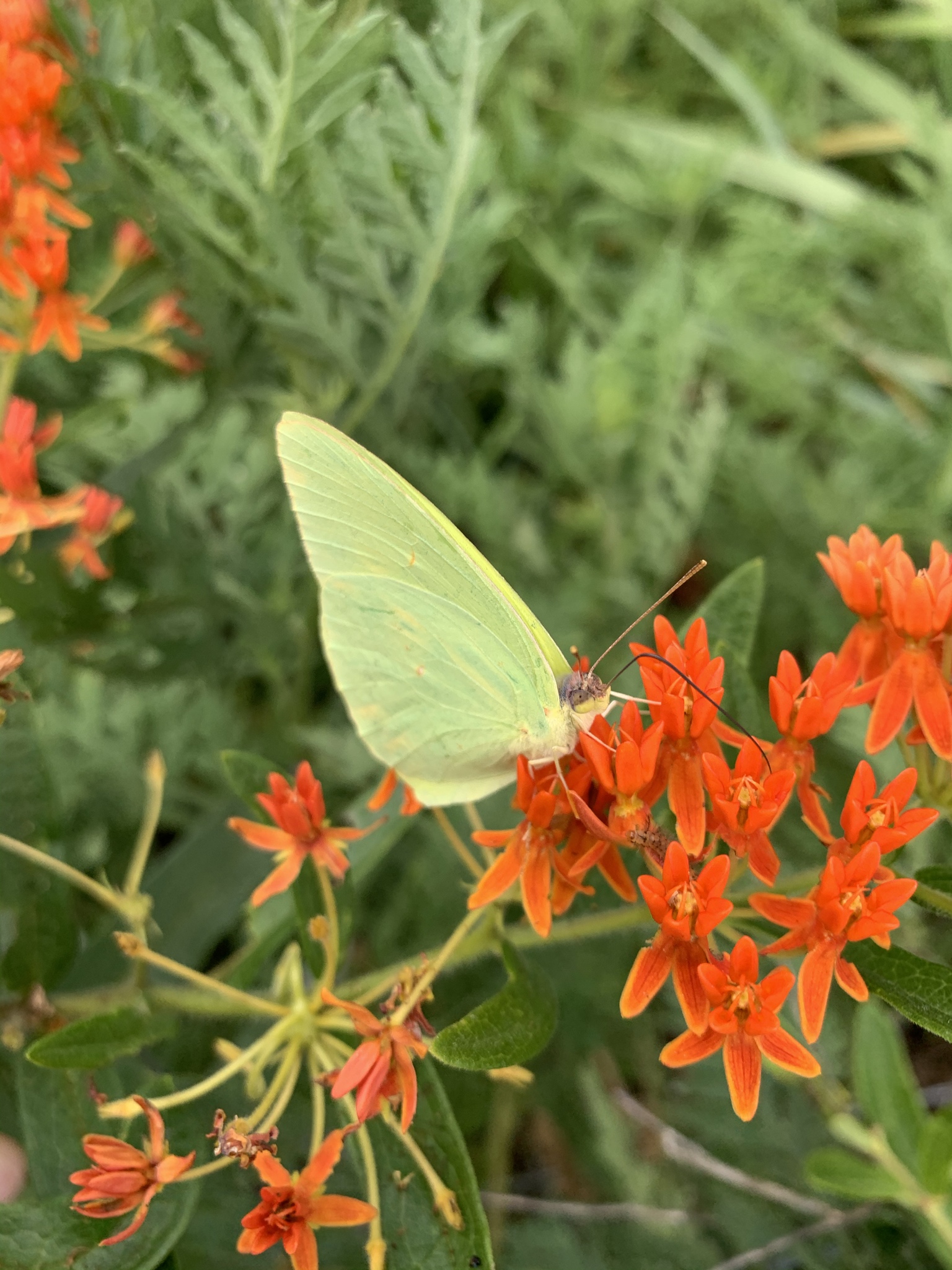
Facts about Butterfly Mlkweed:
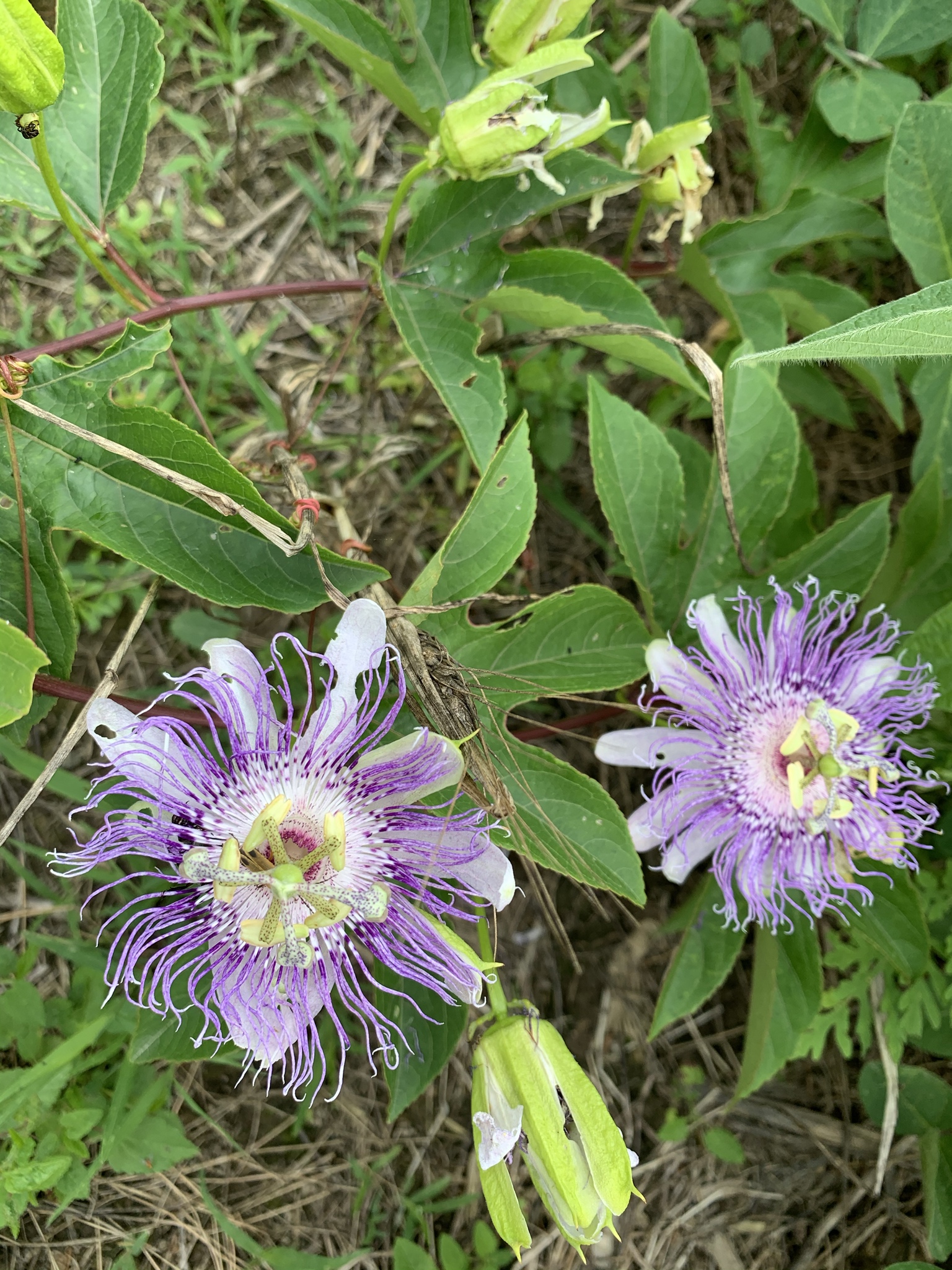
Facts about Purple Passion Flower:
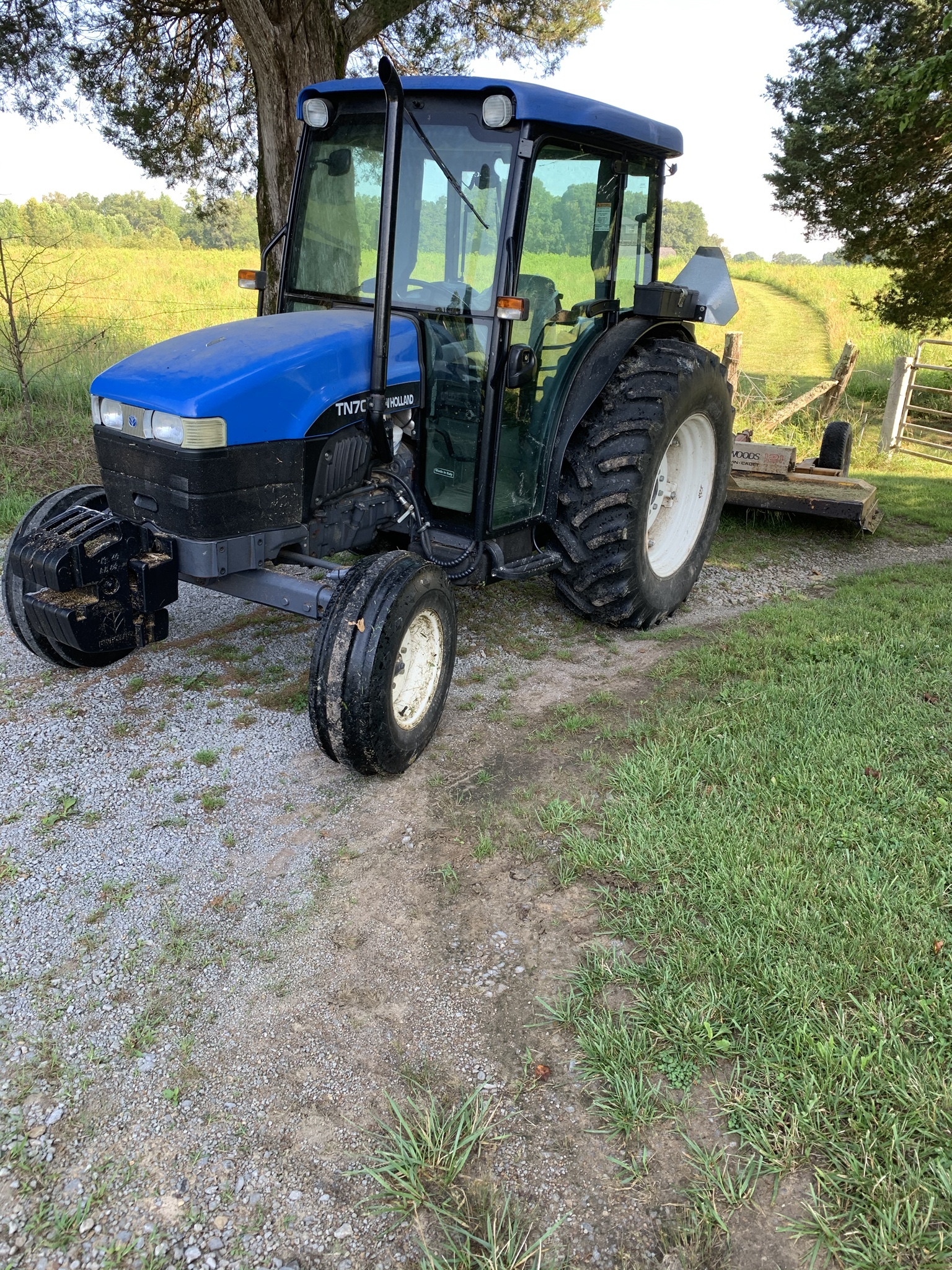
Picture of Common Mikweed:

Facts about common milkweed:
- There are a host of different insects that feed on this plant.
- Deer and other mammals don't eat this plant because of the bitterness of the leaves and their toxic properties.
- I like seeing them scattered here and there because of the beauty that they bring, but primarily being a deer manager, I wouldn’t want to see a tremendous lot of these plants.



Facts about Butterfly Mlkweed:
- My comments on this plant are pretty much the same as Common Milkweed.
- Even though this plant has less of the milky latex like substance than other milkweeds, deer and other mammals seem to avoid it.

Facts about Purple Passion Flower:
- This is not a plant that you will see deer browse.
- It produces green seed pods about the size of a chicken egg. I’ve never seen the pods eaten by anything.
- I do see bees and other insects use the flowers.
- This plant can really become invasive in a new prairie after a gly kill is done and before the grasses and other plants become established. I once saw a 5 acre field taken over by it. A seed company wanted to collect the pods, and I allowed them to do it. They loaded a big horse trailer and two full sized pickups with pods. The leaf springs on the pickups were almost flat.


